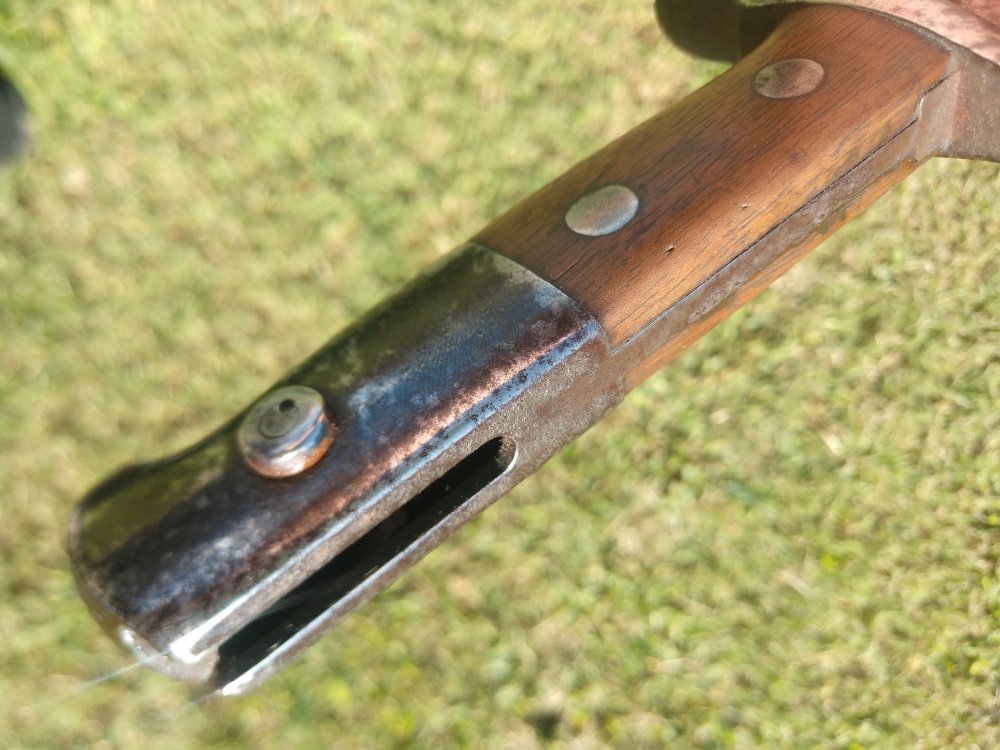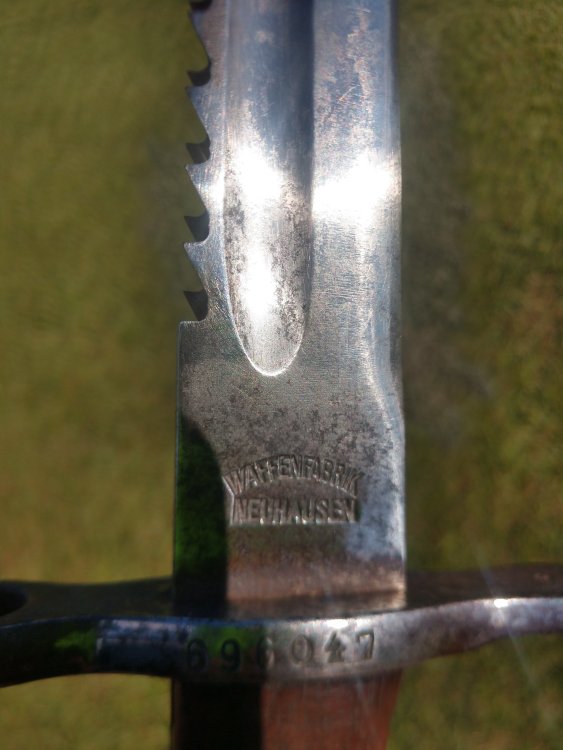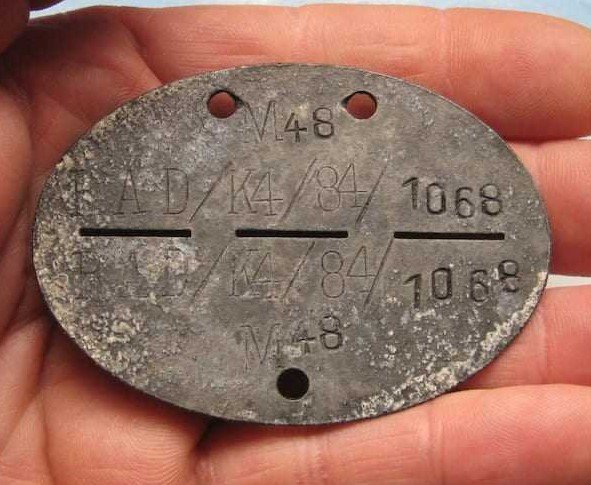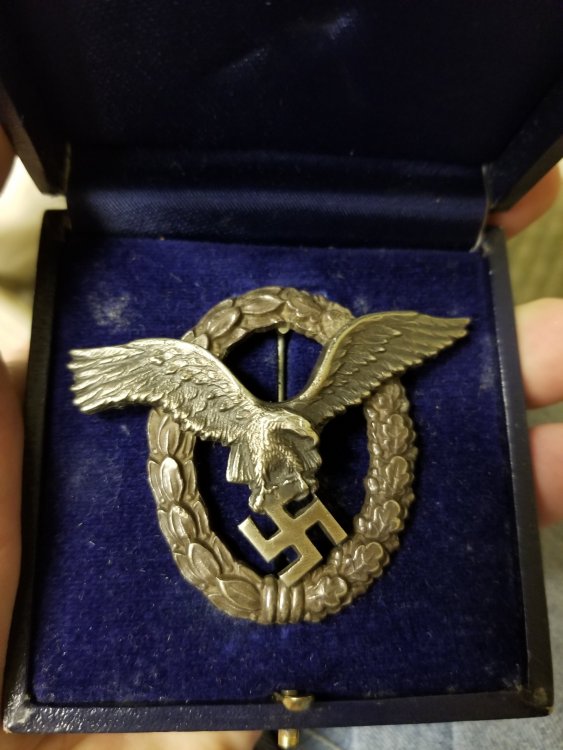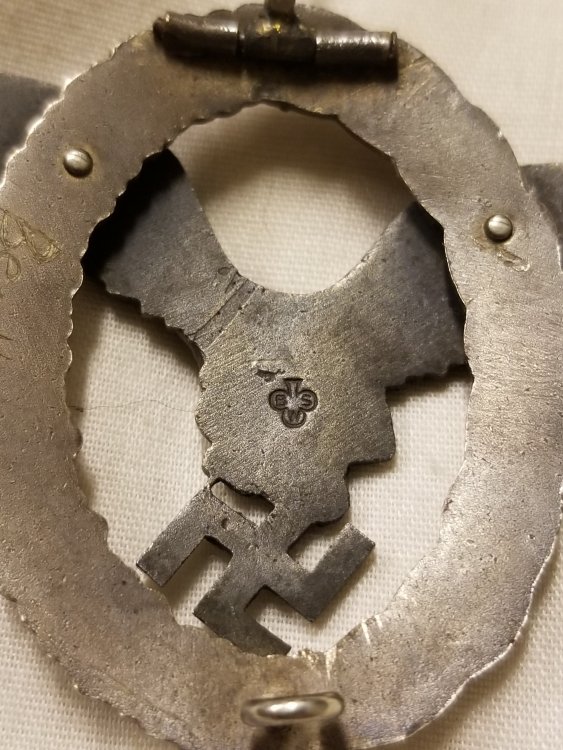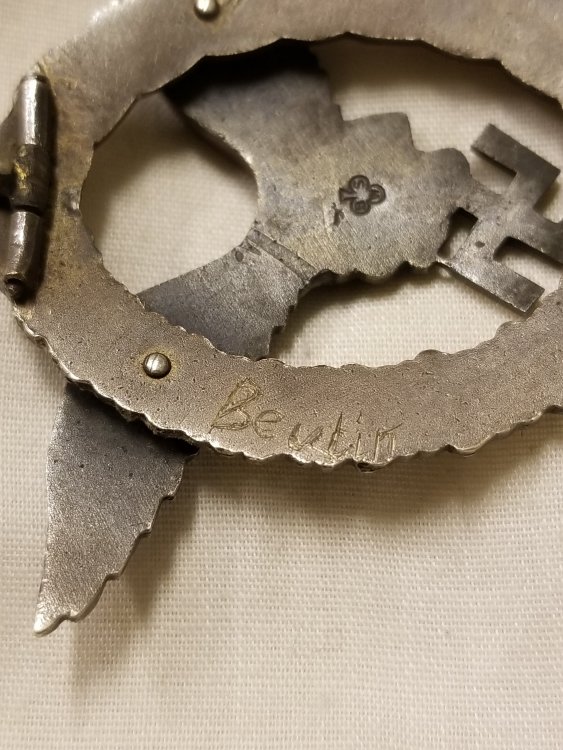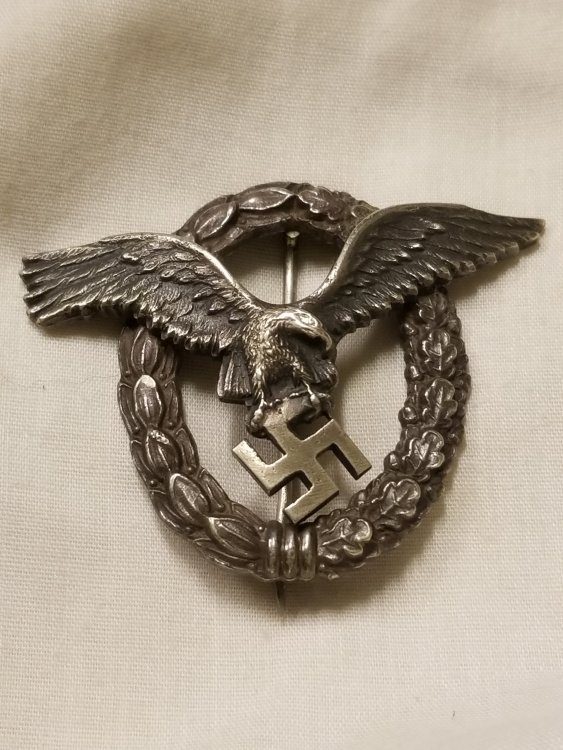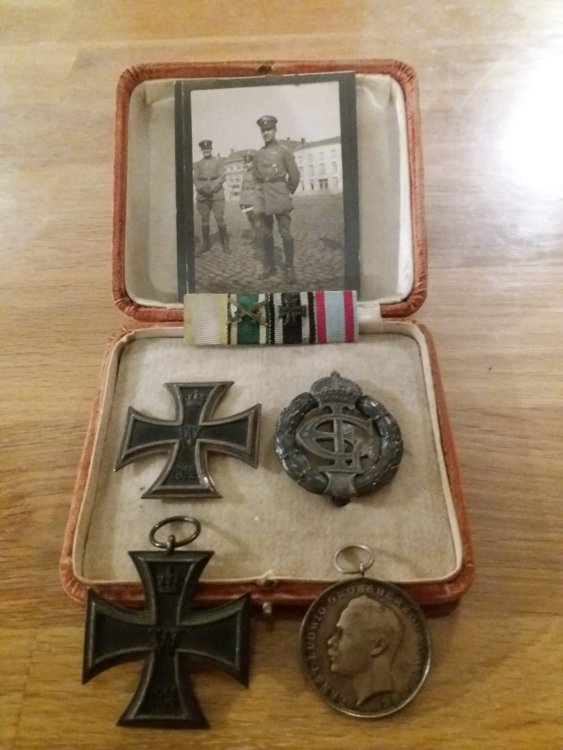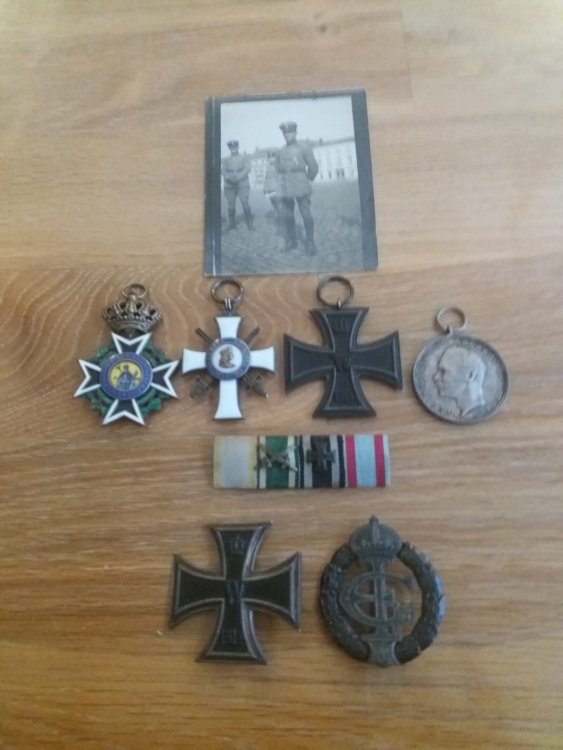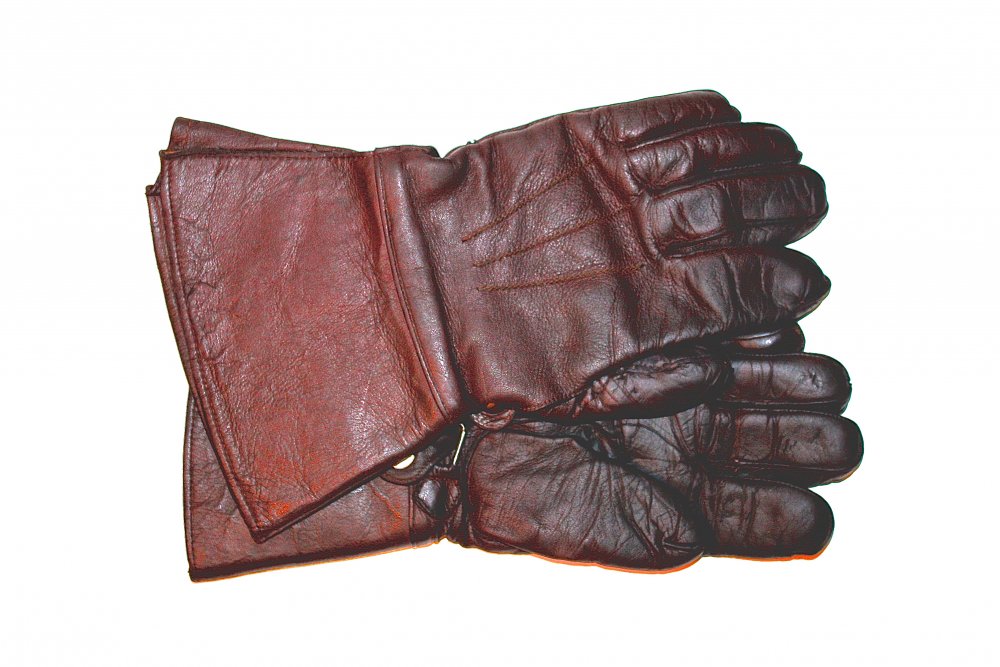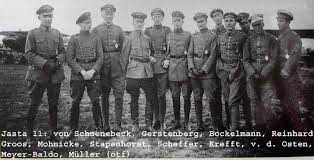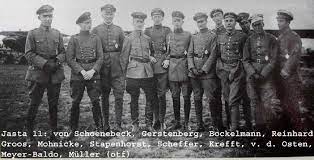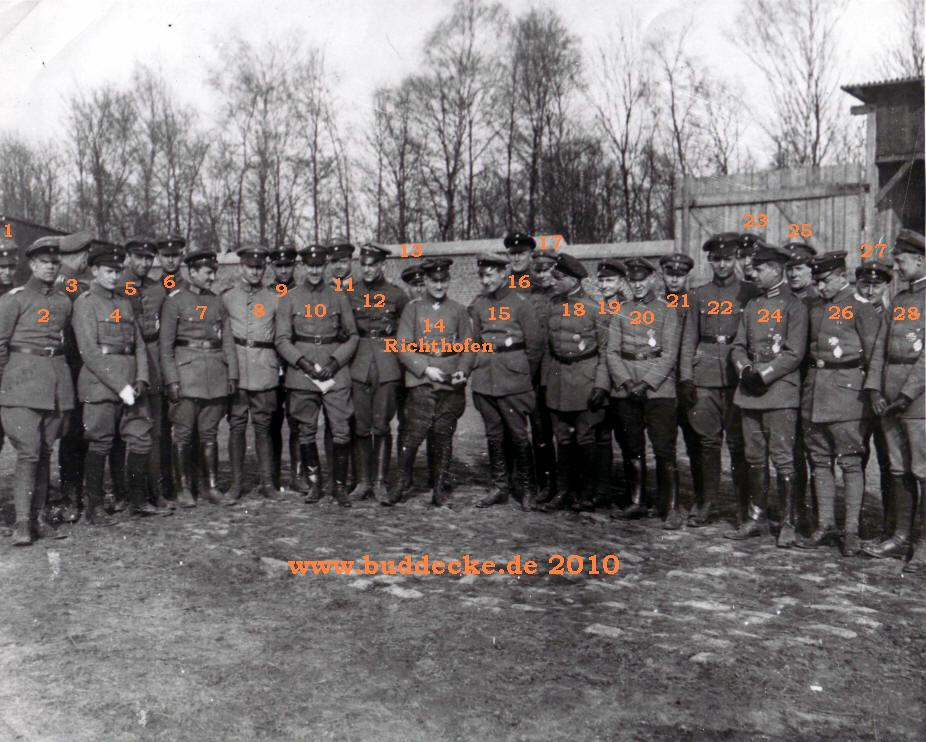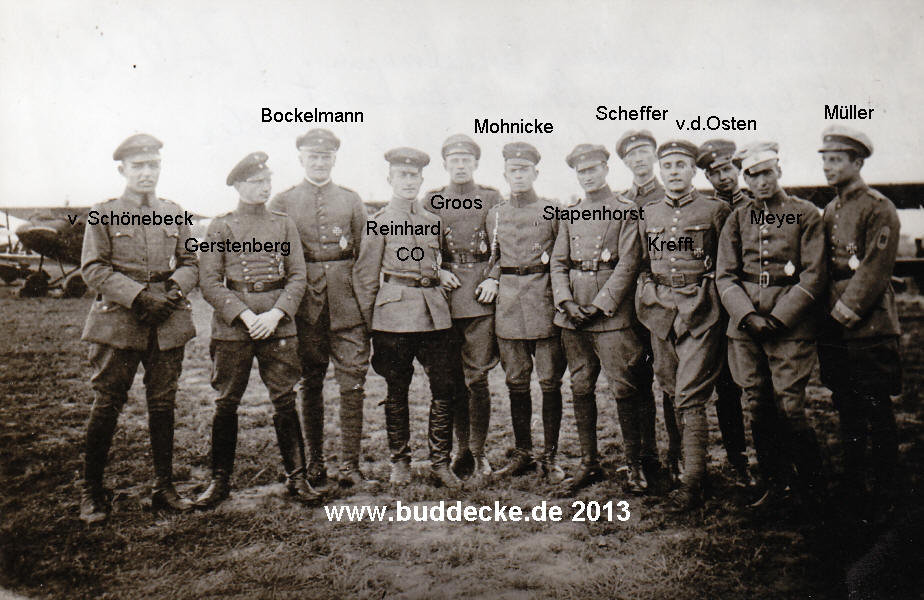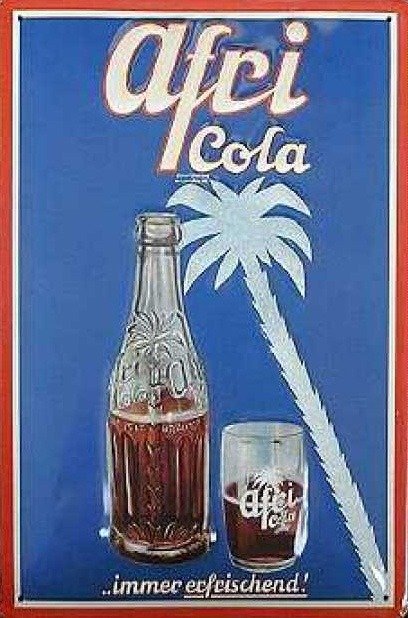Leaderboard
Popular Content
Showing content with the highest reputation since 11/12/17 in Posts
-
Here is my Deactivated WW1 Lewis Gun, this particular version was made for the Belgian Army, under contract from the Birmingham Small Arms Company (B.S.A.) in Birmingham, England. Although the Belgians did have a factory (Armes Automatiques Lewis Company at Liege) they did not make very many as most of Belgium was overrun by the Germans. The British could make 6 Lewis guns for the time and cost of making a single Vickers Machine gun. B.S.A. produced a total of 145,397 Lewis guns during World War I. The sling is a modern reproduction as real slings are extremely hard to come by. Original slings had the padding made from asbestos, so this one has a synthetic padded area that simulates the look. This weapon weighed in at 28 pounds and a fully loaded 47-round magazine was 4 pounds. Still a relatively light weapon compared to the static mounted machine guns like the U.S. made vickers (M1915) which weighed 42 pounds for the gun and another 56 pounds for the tripod. Maxim Machine guns weighed about 75 pounds as well. The big advantage of this weapon was its portability, it could be operated by a single soldier, and keep up with the infantry advances. These light machine guns were prized by the Germans who often would capture them and use them against the Allies.10 points
-
Here is a Bulgarian M36 Helmet, type C, which was the last version to be produced. Initially these helmets were made abroad, but machinery was moved to Bulgaria to allow for domestic production. The type C was introduced in 1939 and is the most numerous of the various models. The helmet is somewhat similar to the German helmets, but smaller, lighter, and a shorter brim. This particular helmet at a size 54, with the original liner, but missing the chinstrap. I found this at a local estate sale, and it was a cheap pickup.8 points
-
Here is my latest find, a VB Launcher for the US M1917 Enfield rifle. This is the twist on type, with a metal spring band to hold the sight and muzzle firmly while in operation. Un-Dug examples are very hard to find. Near the muzzle of the launcher you can see a knurled band, this was so that soldiers could feel the difference at night or in dark conditions. This version and the version for the M1903 Springfield are virtually identical, the M1903 does not have the knurled band however.8 points
-
Picture is a two-piece officer''s visor cover for junior grade from my collection of Kriegsmarine antiques. The cap has a hand-embroidered gilt wire national emblem and, cockade, as well as gold wire piping. This cap belonged to Werner Wendt (1916-1988), Captain of U-765. The U-765 was sunk in the North Atlantic on 6 May 1944 by depth charges on its first war parol. Werner and 10 crewmen survived, 37 dead. Pictured below is the underside view of the visor cap. Pictured below is the two-piece visor cover disassembled. In this configuration, a white or blue cap-covers could be worn. Because I do not like to take this cover apart, I used a photo taken years ago.7 points
-
Over 4000 views in such a short time, I think this post deserves to be pinned7 points
-
John, you have an amazing collection, really have enjoyed you sharing your items with us.7 points
-
From my collection are pictures of my Sold-Libellen KM-2 sextant with its original metal storage box. This sextant was manufactured for the Kriegsmarine by C.Plath. The SOLD KM-2 was developed for navigational use aboard U-boats and S-boats at night and/or in poor weather conditions when horizon not visible. For an in-depth review of this type of sextant, visit the link https://sextantbook.com/2013/11/04/the-sold-km2-bubble-sextant/. A view of KM-2 stored in its metal metal box. Note several accessories from the storage box are missing, but the original inventory label is present on inside of one of the two lids (not pictured). Top of metal storage box with access secured with side latches. The handle sides of KM-2 Sextant were the identification plate was once mounted but removed. View of the dial side of KM-2 sextant. The plate on dial is marked J.B., indiscernible mark, Geprütt Deutsche Seewarte (German Naval Observatory). Another view of dial side of KM-2 sextant. Topside view KM-2 sexton.7 points
-
7 points
-
Dear Gentlemen, Thank You for advising, Here is my first acquisition for the NSDAP Party Pin m1/164 RZM Marker, (Buttonhole), Check out the photos . I have put it through under the loupe so you guys can have a better look, for example, in the A & O alphabet you may find holes in it, not sure why is there a hole . Enjoy!!7 points
-
7 points
-
7 points
-
7 points
-
7 points
-
7 points
-
Hi John333, It took me a long time to find a DECENT Ostfront medal. My advice would be to go for the shown medal if the price is reasonable to you as it is quite a nice example. Especially as it has a makers mark on the suspension ring. You can always keep looking for a better conditioned one and upgrade at a later date. So, if you don't have one yet, go for this one with an eye to upgrade at some point in the future. REALLY GOOD examples of this badge do not come up very often, and when they do they are snapped up quickly!7 points
-
7 points
-
Fritz: The answer to your question "I assume the buttons on the leather crew jacket are probably of gilded glass? " is "No." All the buttons on the black leather jacket in my collection are of two-piece metal construction with a fouled anchor gilt front and the backs are marked BESONDERS HALTBAR 'Particularly Durable' with makers symbol. A black leather jacket like mine with gilt fouled anchor buttons can be seen below on page 263 of Volume 2, Die Kriegsmarine Uniforms and Traditions by John R. Angolia and Adolf Schlicht. Pictured below is the back of a two-piece metal fouled anchor button on my black leather jacket. Note that various manufactured produced buttons that were used in making black leather jackets for the Kriegsmarine. Along with my black leather jacket having metal gilt buttons pictured below, note that this jacket has the Kriegsmarine ordnance mark (Eagle over M) between two fouled anchor buttons. The Kriegsmarine proof mark like the one on my jacket is pictured below on page 265 of Volume 2, Die Kriegsmarine Uniforms and Traditions by John R. Angolia and Adolf Schlicht. The collar of the neck was closed up by a metal clasp like the one below on my jacket. Note the front corner of the low standing collar are rounded and the button holes are reenforced with a narrow leather trim. Pictured is the interior of my jacket, which is lined with wool. Also I have enclosed a picture of the back of this jacket. For further information I havedenclosed page 288 of Deutche Kriegsmarine Uniforms, Insignia and Equipment of the German Navy 1933-1945 by Eduardo Delgado.7 points
-
Hi Eddie, I'm afraid the serial number is just a batch number so would not identify the U boat. Sometimes you will find the letter N which would identify them as belonging to the German Navy North Sea Fleet. Sorry can't help much more. Here is a list of the makers codes but no list of serial numbers as far as I'm aware. b e h ERNST LEITZ. WETZLAR GERMANY b e k HENSOLDT WERK FUR OPTIK UND MECHANIK HERBORN GERMANY b l c CARL ZEISS, MILITARABTEILUNG JENA JENA GERMANY b m h JIRASEK (not in Walter) PRAGUE CZECH b m j M. HENSOLDT & SOHNE, A.G. WETZLAR GERMANY b m t C. A. STEINHEIL SOHNE, GmbH MUNICH GERMANY b p d C. P. GOERZ, GmbH VIENNA AUSTRIA b v f C. REICHERT VIENNA AUSTRIA b y g JOH. WYKSEN, K.G. KATTOWITZ POLAND b z z I.G.-FARBENINDUSTRIE, CAMERAWERK MUNICH GERMANY c a d KARL KAHLES (telescopic sights) VIENNA AUSTRIA c a g D. SWAROVSKI WATTENS/TIROL AUSTRIA c a u KODAK AKTIENGESELLSCHAFT, DR. NAGEL WERK STUTTGART GERMANY c c x OPTISCHE UND FEINMECHANISCHE WERKE, HUGO MEYER & CO. GOERLITZ GERMANY c l b DR. F. A. WOHLER KASSEL GERMANY c l n ED. SPRENGER BERLIN GERMANY c r h FRANZ SCHMIDT & HAENSCH BERLIN GERMANY c r n HANSEATISCHE WERKSTATTEN FUR FEINMECHANIK UND OPTIK, FRIEDRICHS & Co. HAMBURG GERMANY c r o R. FUESS, formerly J. G. GREINER & GEISSLER BERLIN GERMANY c x n EMIL BUSCH, A.G. RATHENOW GERMANY d d v OCULUS (optometrist equipment, possibly gunsights) BERLIN GERMANY d d x VOIGTLAENDER & SOHN, A.G. BRAUNSCHWEIG GERMANY d k l JOSEF SCHNEIDER KREUZNACH GERMANY d o q DEUTSCHE SPIEGELGLAS A.G. (telescopes, lenses) LEINE GERMANY d o w WAFFENWERKE BRUNN A.G. (1943-OPTICOTECHNA GmbH) PRERAU CZECH. d p g ADOX KAMERAWERK GmbH (cameras) WIESBADEN GERMANY d p v ZEISS IKON A.G. DRESDEN GERMANY d p w ZEISS IKON A.G. GOERZWERK BERLIN GERMANY d p x ZEISS IKON A.G., CONTESSAWERK STUTTGART GERMANY d y m RUNGE & KAULFUSS RATHENOW GERMANY d y s HEINRICH ZEISS, UNIONZEISS K.G. ('apparently optical' BERLIN GERMANY d z l OPTISCHE ANSTALT OIGEE GmbH BERLIN GERMANY e a f MECHANOPTIK GESELLSCHAFT FUR PRAZISIONSTECHNIK, AUDE & REIPERT BABELSBERG GERMANY e a w R. WINKEL GmbH GOETTINGEN GERMANY e e d KURBI & NIGGELOH (photographic equipment) RADEVORMWALD GERMANY e s o G. RODENSTOCK MUNICH GERMANY e s u STEINHEIL SOHNE GmbH (telescopes & optics) MUNICH GERMANY e u g OPTISCHE PRAZISIONS WERKE GmbH WARSAW POLAND f c o SENDLINGER OPTISCHE GLASWERKE GmbH BERLIN GERMANY f j t PHOTOGRAMMETRIE GmbH (aerial recon. cameras) MUNICH GERMANY f l n FRANZ RAPSCH A.G. (sights, often subcontractor to Busch) RATHENOW GERMANY f v s SPINDLER & HOYER K.G. GOTTINGEN GERMANY f v x BECK & SOHNE KASSEL GERMANY f w r OPTISCHE ANSTALT SAALFELD GmbH SAALFELD GERMANY f x p HANS KOLLMORGEN GmbH BERLIN GERMANY g a g F. MOLLENKOPF STUTTGART GERMANY g k p RUF & Co., formerly CARL SCHUTZ KASSEL GERMANY g u g UNGARNISCHE OPTISCHE WERKE A.G. BUDAPEST HUNGARY g u j WERNER D. KUEHN BERLIN GERMANY g w v ERNST PLANK NURNBERG GERMANY g x l FRANKE & HEIDECKE (photographic equipment) BRAUNSCHWEIG GERMANY g x p HOMRICH & SOHN (photographic equipment) h d v OPTISCHE WERK OSTERODE GmbH OSTERODE GERMANY h f o VALENTIN LINHOF OHG (photographic equipment) MUNICH GERMANY h k m CARL BRAUN KG NURNBERG GERMANY h n a KORELLE WERKE, G.H. BRANDTMANN & Co. (photographic) DRESDEN GERMANY h r w HOH & HAHNE (photographic reproduction equipment) LEIPZIG GERMANY h w t IHAGEE KAMERAWERK, STEENBERGEN & Co. (cameras) DRESDEN GERMANY h x h A. KRUSS HAMBURG GERMANY j f n TETENAL PHOTOWERK, Dr. TRIEPEL, K.G. (photographic equipment) BERLIN GERMANY j f p DR. CARL LEISS BERLIN GERMANY j n h F. TUTEMANN (lens holders & optical equipment) LUDENSCHEID GERMANY j o n VOIGTLANDER-GEVAERT (cameras) BERLIN GERMANY j u x NEDINSCO, NEDERLANDSCHE INSTRUMENTEN, (vehicle & aircraft instruments?) VENLO NETHERLANDS j v e ERNST LUDWIG WEIXDORF GERMANY j x n HELMUT KORTH BERLIN GERMANY k h c OTTO HIMMLER (microscopes, optical equipment) BERLIN GERMANY k l n ERNST & WILHELM BERTRAM (photographic equipment) MUNICH GERMANY k n a DER ROBOT, BERNING & Co., K.G. (photographic equipment) DUSSELDORF GERMANY k q c JOS. SCHNEIDER & Co., K.G. GOETTINGEN GERMANY k r q EMIL BUSCH A.G. (assembled from foreign components) RATHENOW GERMANY k w c GAMMA FEINMECHANISCHE & OPTISCHE WERKE BUDAPEST HUNGARY k x v A. JACKENROLL GmbH BERLIN GERMANY l a e HEINRICH ZEISS, UNION ZEISS K.G. GOSTINGEN l f n REFLEKTA-KAMERAFABRIK, C. RICHTER (cameras) THARANDT GERMANY l m q CARL ZEISS (assembled from foreign components) JENA GERMANY l w g OPTISCHE WERKE OSTERODE GmbH (assembled from foreign components) OSTERODE GERMANY l w w HUET ET CIE PARIS FRANCE l w x OPTIQUE ET PRECISION DE LEVALLOIS, PARIS LEVALLOIS-PERRET FRANCE l w y SOCIETE OPTIQUE ET MECANIQUE DE HAUTE PRECISION PARIS FRANCE m b v I.G. FARBENINDUSTRIE, A.G.; AGFA (cameras) BERLIN GERMANY m c a FOTOWERK, Dr. C. SCHLEUSSNER, GmbH (photographic equipment) FRANKFURT GERMANY m t q PHOTOCHEMISCHE FABRIK ROLAND RISSE GmbH (photographic equipment) FLORSHEIM GERMANY m t r VOIGTLANDER & SOHN, A.G. (cameras) BERLIN GERMANY m t u A. LORENZ (MTU also used for AEG electrical equipment) GUTENFELD m t v A. LORENZ DRESDEN GERMANY n m s RICHARD HOLZ BERLIN GERMANY n x t S.A.I. OTTICO MECCANICA E RILEVAMENTI AEROFOTOGRAMMETRICI (stereoscopic aerial photography equipment) ROME ITALY o c p AKTOPHOT GmbH (photographic equipment) PRAG-SABECHTLITZ o c v W. KLAZAR (precision engineering; reportedly photographic equipment) PRAG o k c HAUFF A.G. (photographic equipment) STUTTGART GERMANY p v f C. REICHERT VIENNA AUSTRIA r l n CARL ZEISS JENA GERMANY A.G. = AKTIENGESELLSCHAFT; JOINT STOCK COMPANY GmbH = GESELLSCHAFT MIT BESCHRANKTER HAFTUNG; LIMITED COMPANY I.G. = INTERRESENGEMEINSCHAFT; UNION OF INTERESTS K.G. = KOMMANDITGESELLSCHAFT; LIMITED PARTNERSHIP OHG = OFFENE HANDELSGESELLSCHAFT; PRIVATE FIRM (literally, 'open trading company')7 points
-
Hello all Another new member seeking Historical WWII information. I recently inherited some German WWII memorabilia from a close family friend whose husband just passed away. They emigrated here to Canada in 1980. Their parents and relatives were part of the war effort in Germany during WWII. Her father was in the Luftwaffe and his items are displayed en mass in one photo. Her uncle was in the 5th SS Wiking division and his items are in the second and third photo's. I will be receiving more information and possibly photos when she receives them from her mother who is still alive in Germany. I am not an expert on these types of items however I do have a keen interest in WWII Hx. Any info or referencing to other sources would be hugely appreciated. I am looking to preserve these items in frame along with my families war memorabilia from that era. Thanking you all in advance.7 points
-
7 points
-
7 points
-
7 points
-
7 points
-
7 points
-
7 points
-
7 points
-
7 points
-
Pictured from my kriegsmarine collection is an emblem and a badge used by the Ubootwaffe as tradition cap insignia. The emblem for the National Socialist League of the Reich foe Physical Fitness( left) was worn as an U-Boat cap insignia by the crew of U-274, as was the Edelweiss gap device of the German Army Mountain Troops (right) by the crew of U-124. Examples of the these tradition badges are on page 77, page 81, and page 83 of 'Torpedo Los! THE FASCINATING WORLD OF U-BOAT COLLECTIBLES' by Gordon Williamson. Pictured from my collection is a U-Boat tradition cap insignia 'Swordfish spearing an enemy sip' for the U-441 being worn by its Commander, Klaus Hartmann (white cap). All 51 hands, including Hartmann, died when U-441 was sunk by Allied depth-charges on 30 June 1944.6 points
-
Alexander Beveridge No 1191 1/6th Battalion Argyll & Sutherland Highlanders, born 3rd Feb 1892 Eastwood Renfrewshire to parents George and Elizabeth one of six children living at 24 Bengal st Pollokshaws Glasgow. At the age of 17 yrs old he enlisted on the 22 March 1909 in the Princess Louises 1/6th Argyll and Sutherland Highlanders at Pollokshaws he was a printer by trade. From 1909 to 1913 he did Annual Training and Drills, he was Embodied in to the Regular Army in 1914 and given a new No 250430. In May 1914 the 1/6th Battalion was part of the 152nd Brigade in the 51st ( Highland ) Division, and in Sept were moved and stationed at Bedford doing Coastal Defence work. In April 1915 the Division crossed the channel between 30 Apr and 3 May to France and by the 6 May had concentrated at Lillers, Busnes and Robecq. It was later hurried to the defence of Ypres. And later moved again South to an area North of the river Somme and relieved a French Division near Hamel. Alexander was employed as H Company Cook and on 1st Dec 1915 he was admitted to hospital suffering with Myalgia = ( Repetitive Strain Injury ), he rejoined his Battalion on the 13 Feb 1916. On the 26 June 1916 the 1/6th Battalion was transferred to the Divisional Engineers and Pioneers in 5th Division and became a Pioneer Battalion. Alexander was wounded on the 26 Sept 1916 with a G.S.W. ( Gun Shot Wound ) to his right thigh and arm and admitted to Hospital and later sent by ship to the Kitchener Hospital in Brighton on the 13 Oct 1916 and granted a Furlough from 1 Nov to 10 Nov 1916, after he had recovered from his injures he Joined the 1/5th Battalion in Egypt on the 11 Aug 1917. He saw action in the following battles the First, Second, and third battles of Gaza. In the Spring of 1918 the 52 Lowland Division was moved to France to help stem the mighty German Offensive. In June the 1/5th Battalion left the 52 Division to join the 103 Brigade of the 34th Division which concentrated at Senlis, and came under orders from General Petain, he was in command of the 30th Corps of the French 10th Army on the Marne Front, during the Battles of the Soisonnais and Ourcq 20 July to 2 Aug 1918. Alexander was wounded on the 29 July with a gun shot wound to his right hand,on the 2 Aug he was sent back to the UK on the Hospital ship Warilda sailing from Le Harve to Southampton. On the 3 Aug 1918 the Warilda was sunk by UC49 in the English Channel and 123 persons died with Alexander being one of them he is remembered on the Hollybrook Memorial Southampton, and on the Pollokshaws Burgh Hall Memorial Cross.6 points
-
6 points
-
6 points
-
Part Two ( Onward to France ) On 17th June 1916 the Division were given orders to move to France, the move was completed by the 8th of July when they arrived in Marseilles. And by the 27th July the Division had taken over part of the front in Third Army Sector. The Division then took part in the following operations. The capture of the Wundt-Werk. The Battle of Flers-Courcelette ( 15-22 Sept 1916 ) In Reserve Army ( Gough ) 11 Corps ( Jacobs ) The Battle of Thiepval ( 26-28 Sept 1916 ) In Reserve Army ( Gough ) 11 Corps ( Jacobs ) Phases of the Battles of the Somme 1916. 1917 Operations on the Acre Actions within this phase of fighting included In Fifth Army ( Gough ) IV Corps ( Woollcombe ) The Capture of Munich Trench (10-11 Jan 1917 ) The Battle of Messines ( 7-14 Jun 1917 II Army ( Plumer ) IX Corps ( Gordon ) and the Capture of Wytschaete. The Battle of Langemarck ( 16-18 Aug 1917 ) In Fifth Army ( Gough ) XVIII Corps ( Maxse ) Also Actions in the Battle of Menin Road (20-25 Sept 1917 ) In Fifth Army ( Gough ) XVIII Corps ( Maxse ) The Battle of Polygon Wood (26 Sept-3 Oct 1917 ) In Fifth Army ( Gough ) XVIII Corps ( Maxse ) The Battle of Broodseinde ( 4 Oct 1917 ) In Fifth Army ( Gough ) XVIII Corps ( Maxse ) The Battle of Poelcpelle ( 9 Oct 1917 ) In Fifth Army (Gough ) XVIII Corps ( Maxse ) Actions in the Second Battles of Arras 1918 Phase The Battle of Scarpe ( 26-30 Aug 1918 ) In First Army ( Horne ) XXII Corps ( Godley ) The Battle of the Canal du Nord ( 27 Sept-1 Oct 1918 ) First Army ( Horne ) Canadian Corps ( Currie ) on the 27th Sept 1918 James Edward Barnes was wounded in action with a gun shot wound to the Knee. He was discharged from the Army on 19 Jan 1919, he returned to his old job as a Cotton Spinner and Died in 1965 aged 81.6 points
-
Shown is the Sägebajonett Mod. 1914, or sawback bayonet Model 1914. This one was made by Waffenfabrik Neuhausen. These were used on the K11 carbines and the K31 rifles and used by specialist troops such as engineers, and artillery troops. A very long blade at 480mm, with a total length of 610mm, this one is still quite sharp as well.6 points
-
I am a keen collector of dog tags. One thing I like to see on them is wear on either side of the 2 holes that the owners chord went through. Made of soft metal so often showed signs of wear after prolonged use. Good fakers will of course be aware of this, but encourages me when I see it. ***** this is not posted as a Panzer dog tag! The clue being in the RAD! Posted only as an example of the wear described above.!*********6 points
-
6 points
-
Hi Gildwiller, No problem - thanks for all the information - if I find any other items, I'll be back!!!!!!!! Cheers! Pete6 points
-
Hello, I would like to share with you one small group I have from a Saxon officer who received medals from Hesse. Leutnant d. R. Otto Steinmetz from IR 107. He received the following medals : - knight cross of St Henry of Saxe - knight cross 2nd class with swords of Albert of Saxe - iron cross 2nd class - the general honor decoration for bravery of Hesse-Darmstadt - iron cross 1st class - the warrior's honor decoration in iron of Hesse-Darmstadt6 points
-
Pictured from my collection is a pair of brown leather gauntlets that belonged to Rudolf Muhlbauer (1919-2000). He served aboard the U-123 and the U-170. During Rudolf's service as a submariner, he was awarded the German Cross in Gold and the Knight's Cross of the Iron Cross. Gauntlets like his are pictured on page 332 in Torpedo Los! The Fascinating World of U-Boat Collectibles.6 points
-
Some more interesting photos Nr. Name, Dienstgrad bei welcher Einheit Abschüsse bis Kriegsende (x) 1 ? 2 Alfred Gerstenberg, Leutnant Jasta 11 - 3 Otto von Breiten-Landenberg, Leutnant Führer Jasta 11 5 4 Hans Joachim Wolff, Leutnant Jasta 11 10 5 Friedrich Friedrichs, Leutnant Jasta 10 21 6 Erich Just, Leutnant Jasta 11 6 7 Max Kühn, Leutnant Jasta 10 1 8 Siegfried Gussmann, Leutnant Jasta 11 5 9 Scholz Edgar, Leutnant Jasta 11 6 10 Karl Bodenschatz, Oberleutnant Adjutant JG 1 - 11 von Conta, Leutnant Jasta 11 - 12 Erich Löwenhardt, Oberleutnant Führer Jasta 10 54 13 Hans Weiss, Leutnant Jasta 10 16 14 Manfred Freiherr von Richthofen, Rittmeister Führer des Jagdgeschwaders 80 15 Wilhelm Reinhard, Hauptmann Führer Jasta 6 20 16 Paul Wenzel, Leutnant Jasta 6 10 17 Johann Janzen, Leutnant Jasta 6 13 18 Franz Hemer, Leutnant Jasta 6 18 19 Hans Kirschstein, Leutnant Jasta 6 27 20 Robert Tüxen, Leutnant Jasta 6 2 21 Georg Wolff, Leutnant Jasta 6 - 22 Heinz Graf von Gluszewski, Leutnant Jasta 4 2 23 Hermann Bahlmann, Leutnant Jasta 4 1 24 Hans-Georg von der Osten, Leutnant Jasta 4 5 25 Viktor von Pressentin gen von Rautter, Leutnant Jasta 4 15 26 ? 27 ? 28 Heinrich Dreckmann, Leutnant Jasta 4 11 328 Abschüsse ingesamt6 points
-
Munich · The "House of Bavarian History" is looking for memorabilia from the First World War that tell a personal story. These stories from the life of Bavarian citizens are to be the focus of the new Museum of Bavarian History, which will open in Regensburg in 2018 to mark the 100th birthday of the Free State. Like Simon Gammel's spiked helmet?! The front in Flanders was like a lunar landscape, ripped open by countless grenade hits and furrowed by trenches secured with barbed wire - this was the scenery in World War I in which the incredible story of Simon Gammel happened. The farmer's son Simon Gammel, born in 1892 in Gisseltshausen near Rottenburg an der Laaber in Lower Bavaria, did his military service in the Royal Bavarian 16th Infantry Regiment in Passau from 1913. A week after the German Reich declared war in August 1914, the Passau regiment marched to the western front. After battles in Lorraine, the young soldier experienced the horrors of war in trench warfare on the Somme. The front had been frozen for months and the soldiers had dug in. French barrage rained down on the Bavarian positions as Simon Gammel was hit in his dugout. A piece of shrapnel shredded the leather of his spiked helmet, penetrated his skull, only to exit the back of his head and penetrated the helmet a second time. The shelter collapsed on Simon Gammel, burying him under dirt and wood. One of the support beams pressed against his back with a tremendous load, crushing his lungs. Things were not looking good for young Simon Gammel. "The bum's off!" yelled a comrade and the soldiers shoveled the dirt aside with folding spades in order to get to the buried man. They managed to free the seriously injured man and take him to the next dressing station. From there he was transferred to a hospital. Miraculously, the splinter did not cause any permanent damage, although Simon Gammel remained severely traumatized after the external healing. After his recovery, he was employed as an instructor and later posted back to the western front. After several weeks of positional fighting on the Aisne, Simon Gammel was taken to the Ahrweiler hospital on the Rhine with alleged flu symptoms. It was only there that a doctor realized that the persistent tremors were not due to chills but to war trauma. Gammel was then released to his homeland in Lower Bavaria. He married his fiancé and the couple had two children. Simon Gammel was a member of the municipal council and active in many clubs, but he could not forget his wartime experiences. When the veterans' association organized a trip to the former battlefields on the western front, Simon Gammel refused to take part, saying: "I've been there and I didn't like it at all." Simon Gammel died in 1977 at the age of 84. His granddaughter Christa Rott, who provided the information about her grandfather, and local researcher Franz Moises not only keep an interesting object with the Pickelhaube, but also keep a piece of Bavarian history alive for posterity with the stories about Simon Gammel's fate. Did your ancestors bring back WWI memorabilia that tell a personal story? Then please contact: House of Bavarian History, keyword Museum, Zeuggasse 7, 86150 Augsburg, Tel. 08 21/32 95 130, email museum@hdbg.bayern.de. Source: Munich Weekly Gazette6 points
-
I think it looks ok, blade might have been re-blued as it does not match the wear on the rest of the bayonet. Mundlos marked these bayonets in this manner until 1941, afterwards they used the letter code "ab" until 1944. Early dated types are more common, the 1944 dated bayonets are much harder to find from this maker.6 points
-
Very nice items, and surely with some history behind them. The (Panzer) shoulder pieces and cuff title of the SS Wiking are very rare and obviously quite valuable. The Panzer badge is also in very nice shape. I hope you will keep this nice set all together. The certificates of the Flakkampfabzeichen and Erdkampfabzeichen are often seen together, Flak units were also used in ground defence against tanks etc. I see there is also the gold class of the wound badge, these are now quite rare and the value has increased over the past years. It would be nice if you could get the rest of the items from these groups, along with documents and photos. If you have any further questions, do not hesitate to ask, do also ask your relatives for as many details as possible and note these preferably in writing.6 points
-
Very good. You can even read the full newspaper, all the most important news of the day, apart from "censorship". U-Boot successes around northern Scotland and successful attacks on the south of England, airfields etc., light British bombing raids in the West, little damage, 2 intruding aircraft shot down by naval flak and fighters. This issue was the last daily issue, after which a weekly issue on Tuesdays was planned.6 points
-
Mine was about the £260 mark but that was without the separate fold out map. I got the map with the 42 Kalendar that I obtained from the same source. Just as an aside, the fold out maps that come with the 42 and 43 Kalendar (and in this case the 41 booklet) are different although they generally look the same. The 43 map has more coverage to the east than the previous map to include Palestine, Syria and Transjordan. It also leaves out Tunisia.6 points
-
6 points
-
Yes that's for sure Kenny. But having said that you get what you pay for, they are sold as genuine but sold for a quater of the genuine article. The trick is to be very wary when buying privatley & always run pics through a forum like this for scrutiny. Here is a fallschirmjager badge I bought a few years back. Cheers Wolf.6 points
-
Hi Another story from my late FIL: Sometime around 1943 he helped to test & evaluate the Bren Gun (Mk2 or mk3 perhaps?) It was duly fixed firmly down on a special mount and a full mag was fired on auto at a target, either 100 or 200 yards, I can't remember which. When the target was examined to see what grouping was achieved they were surprised to see only one bullet hole, the rest appeared to have missed. Someone then commented that there was something strange about the hole, sort of slightly enlarged, it was then realised that all the bullets had gone through the same hole! When it was eventually returned it was recommended that a degree of imbalance be introduced to scatter the shot slightly, otherwise it would be wasted ammo.6 points
-
Here is another WW2 Era German Beverage bottle, this one is called Afri-Cola. Afri Cola was a direct Coca Cola knock-off. The bottle was heavily molded in the fashion of Coke bottles and the two-part name and logo were reminiscent of Coke. They even sold it for consumption in Coke "shaped" glasses. The trademark symbol was a palm tree. The description of the contents, the trade mark protection data, and even the dating code on the bottle was copied almost verbatim from a Coca Cola bottle. On the bottom edge it reads "Hersteller der Afri-Urprodukte Bluna-Koln 18" in the center it reads "0.25l Ge 2241"6 points
-
It is indeed 14-18, my Great Uncle was a Lewis gunner during WW1 and he used it to full effect, welcome to the forum6 points
-
Thanks. I have quite a bit more, if there is anything specific you would like to see just mention it. I have a collection of buckles, shoulder boards, some uniforms, etc. I understand what you mean when you say I won't find these things again. I have not added anything new to this part of my collection in decades, though I continue to look. The growing interest in Russia in all things Tsarist and the proliferation of reproductions has limited the availability of original items and has made purchasing anything on-line somewhat of a risk.6 points







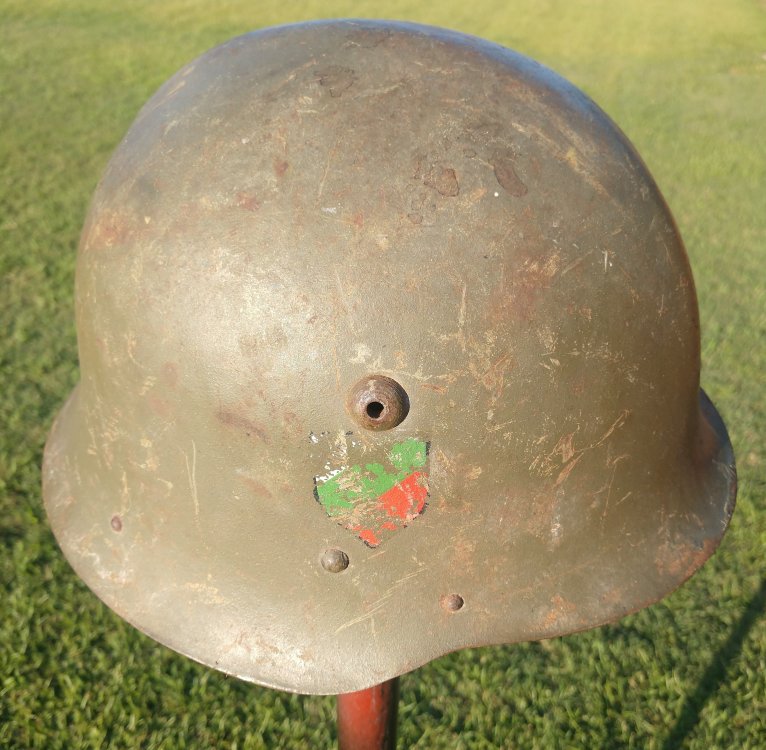
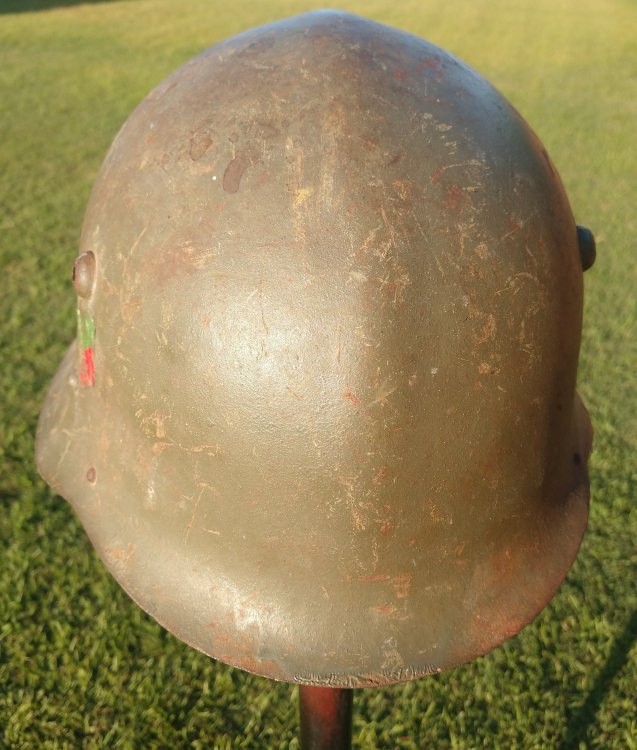
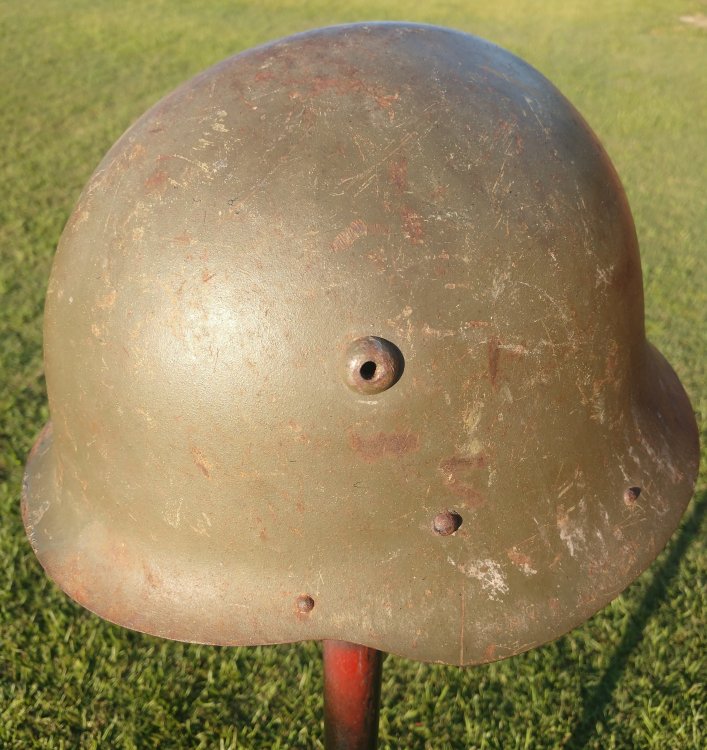
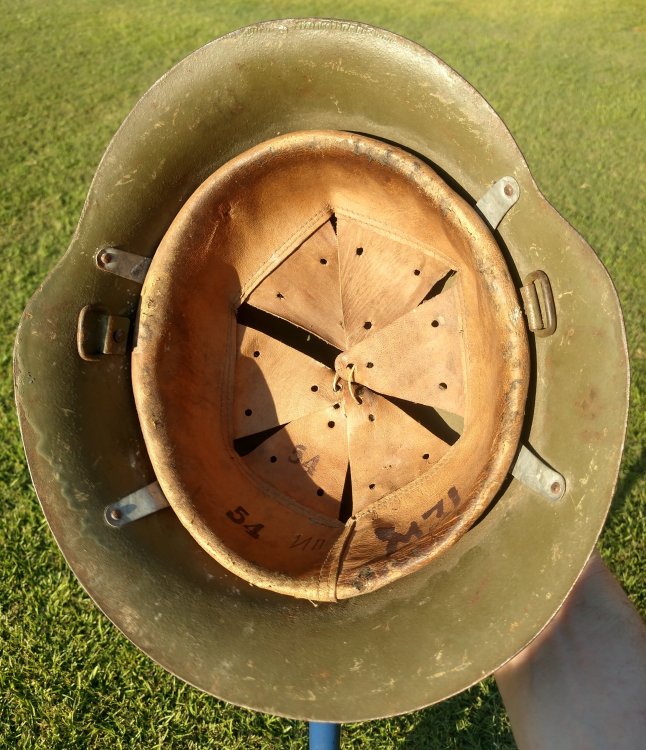
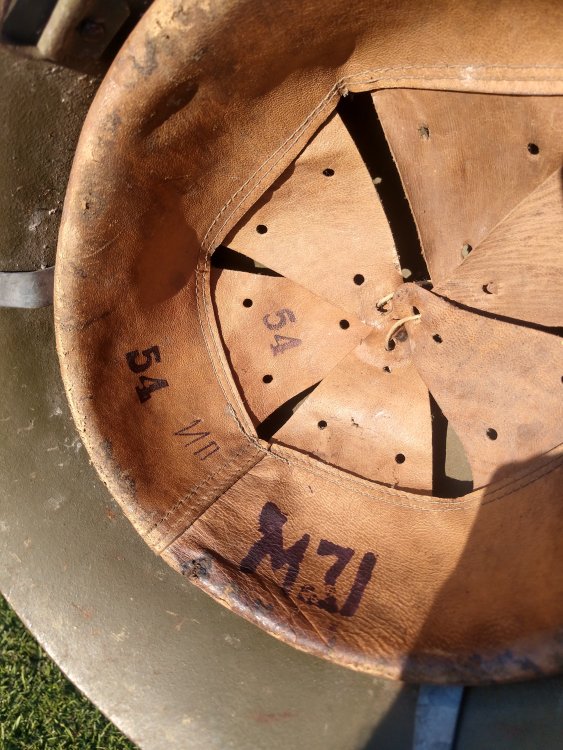

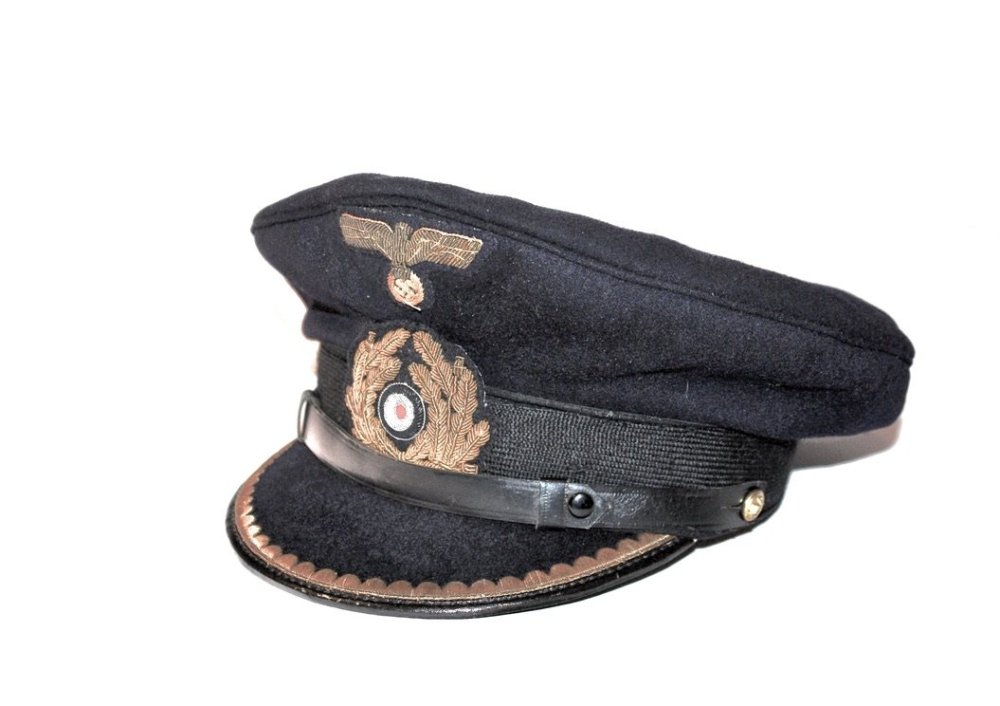
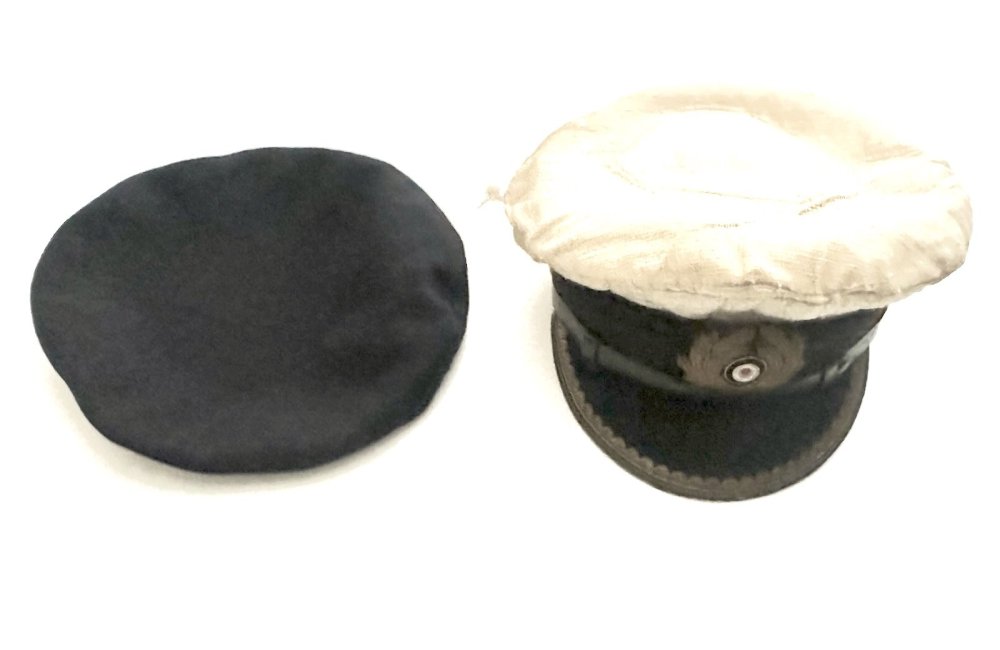
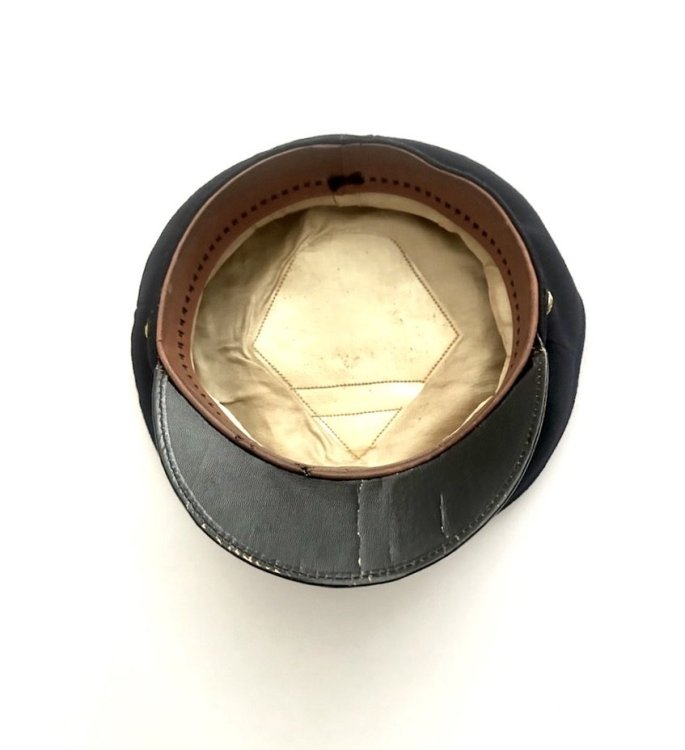
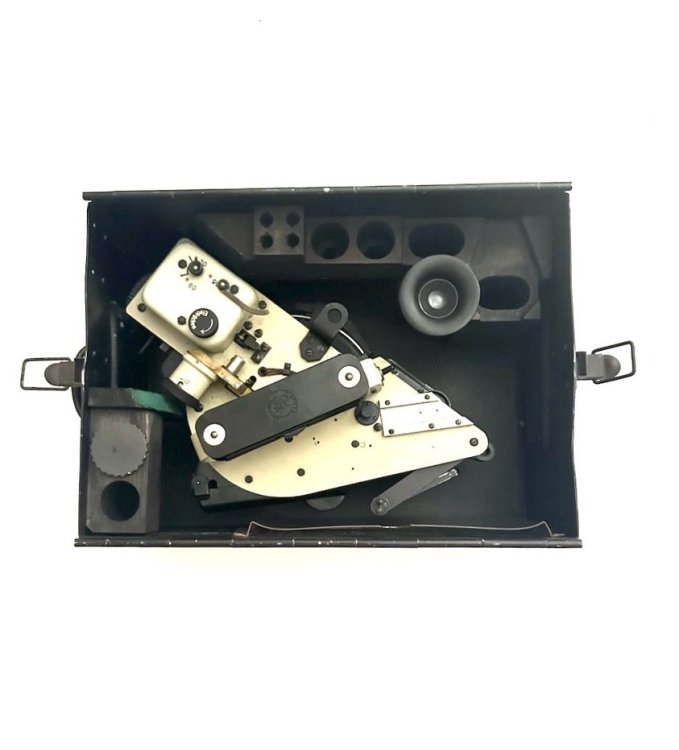
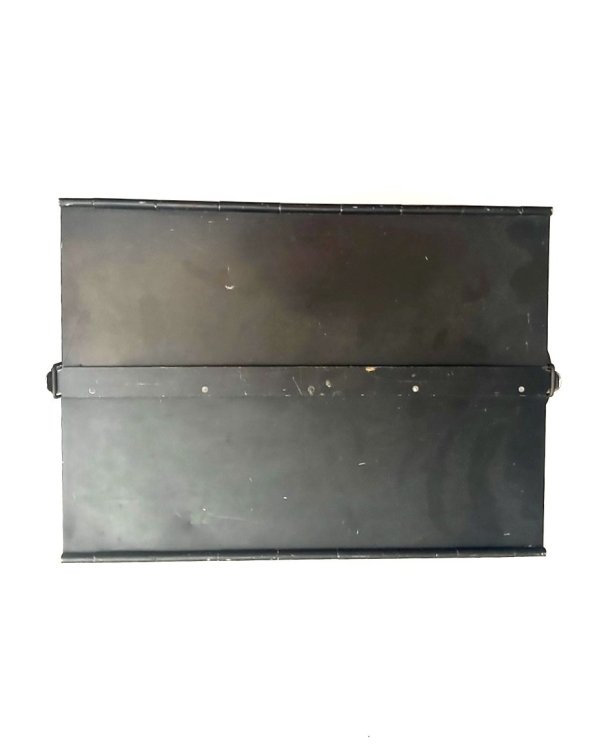
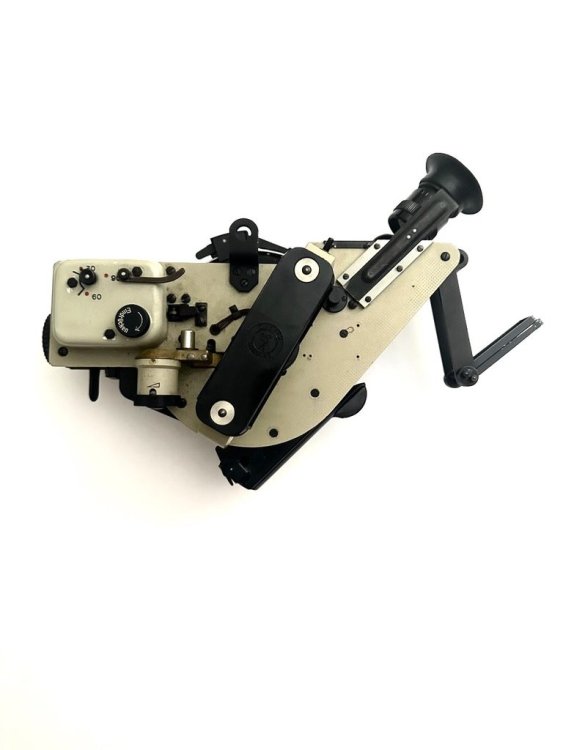
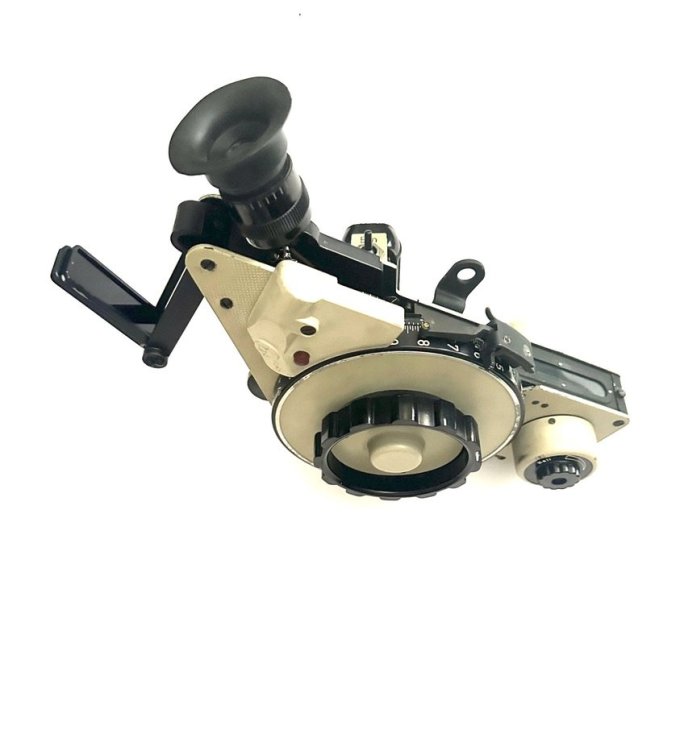
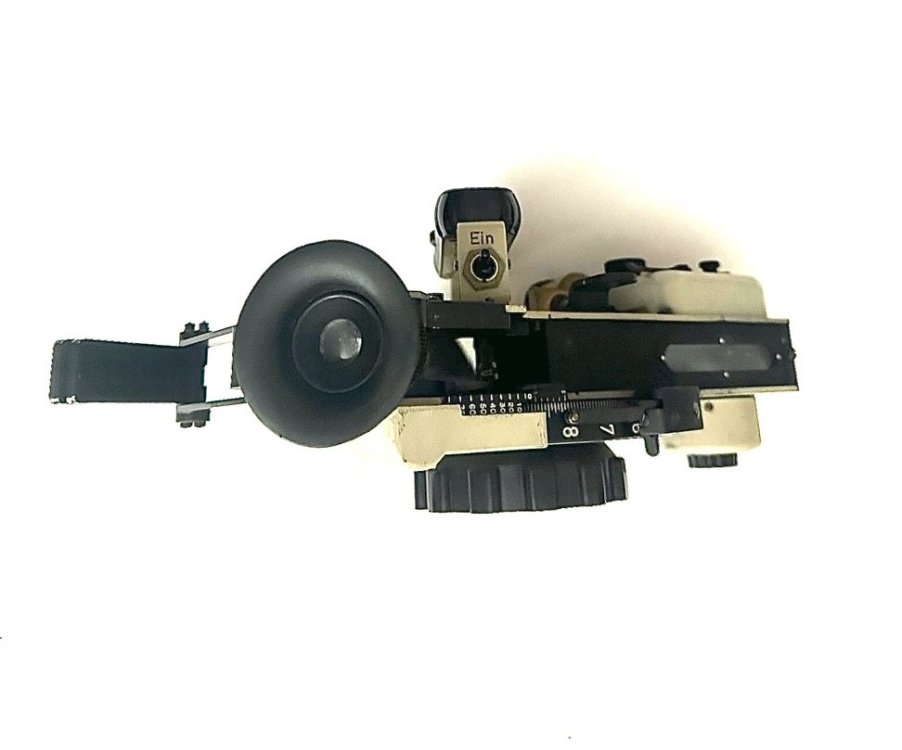

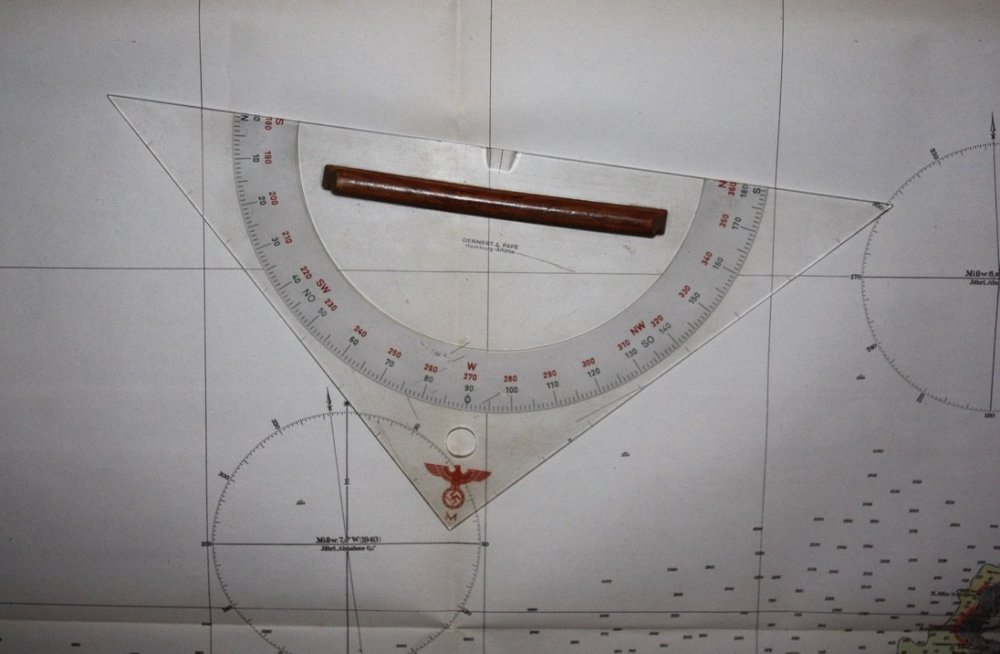
-min(1).thumb.jpg.6e3f369f346a531e3d739f42291fb331.jpg)
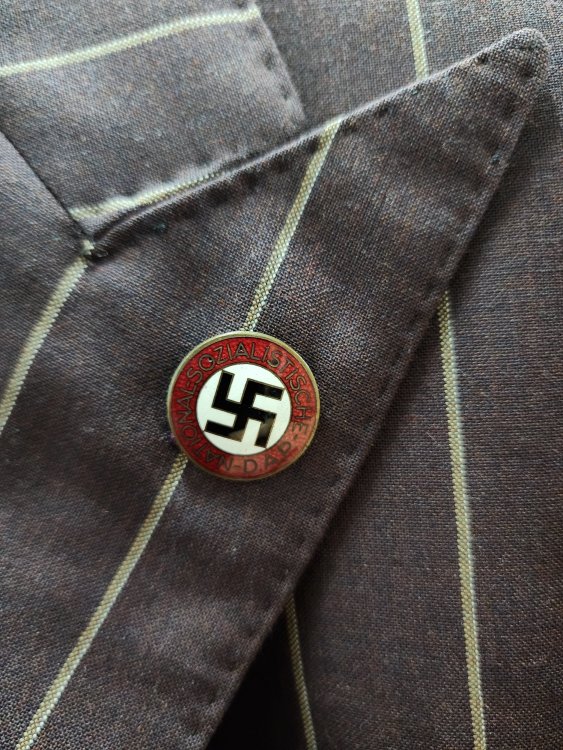
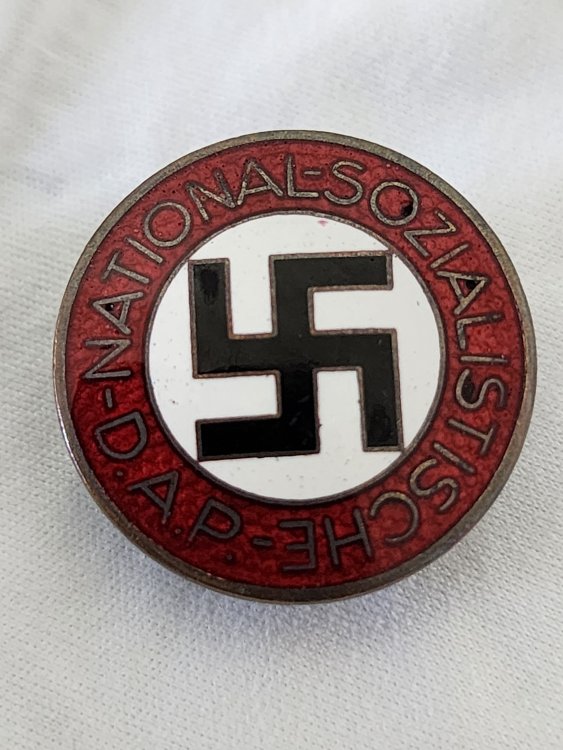
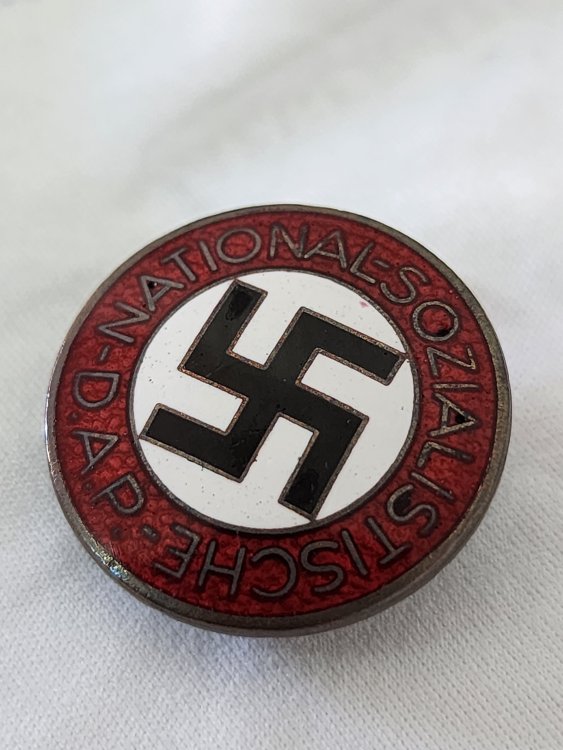
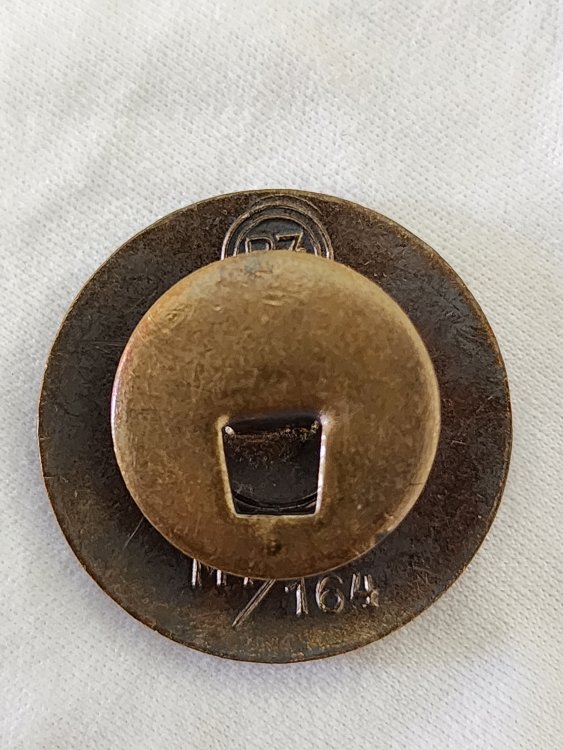
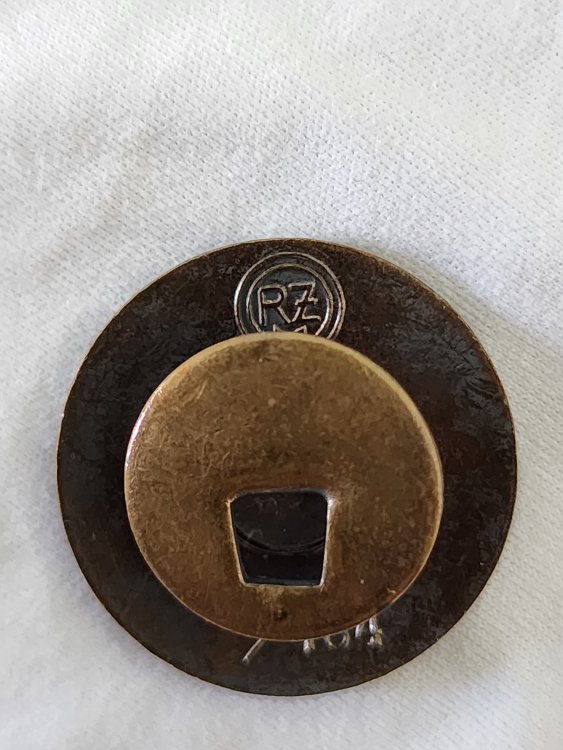
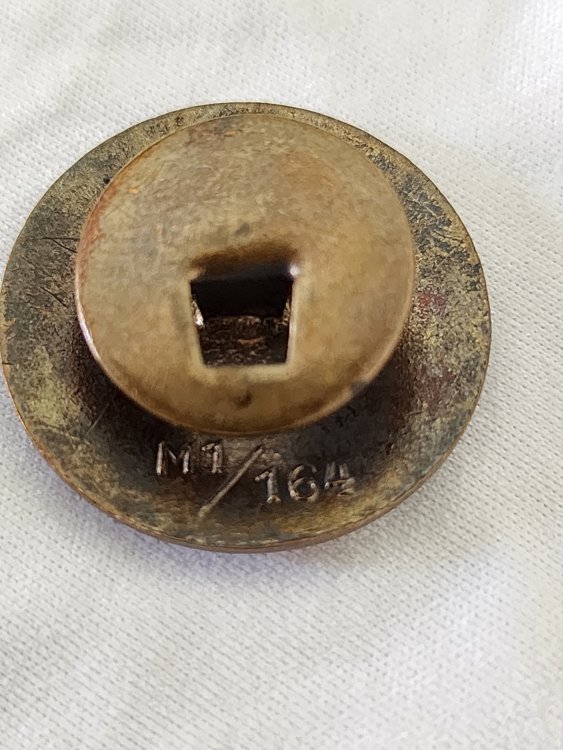
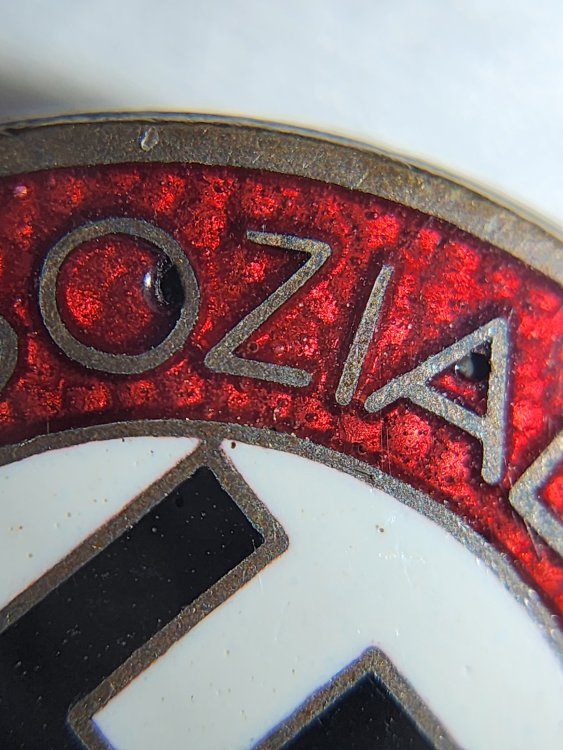
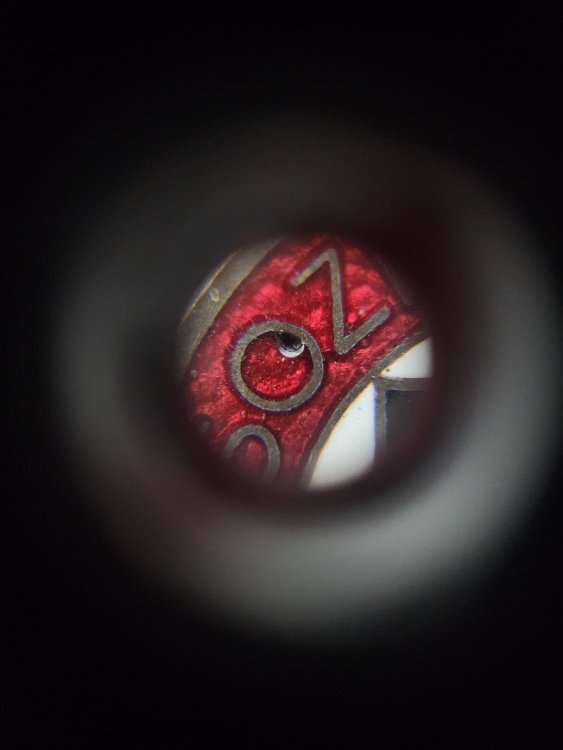
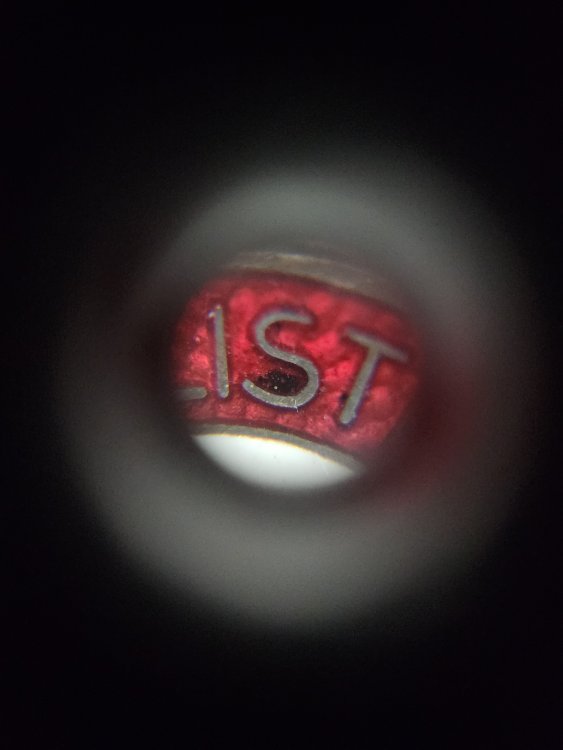
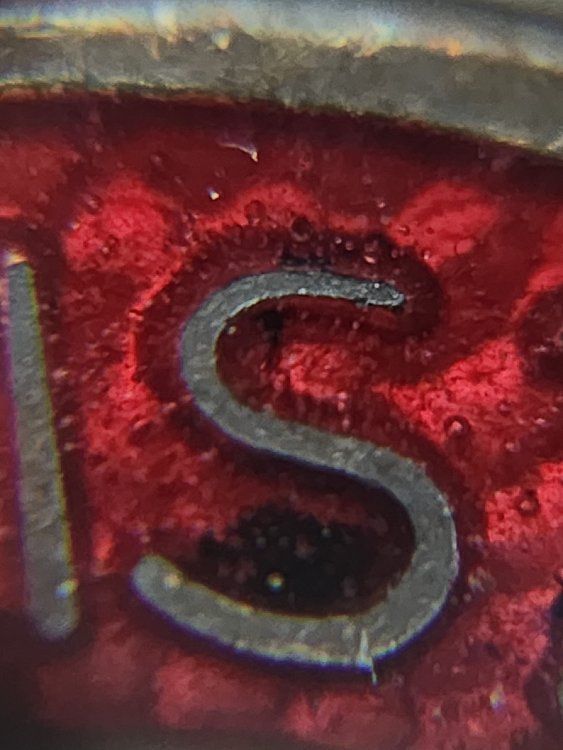
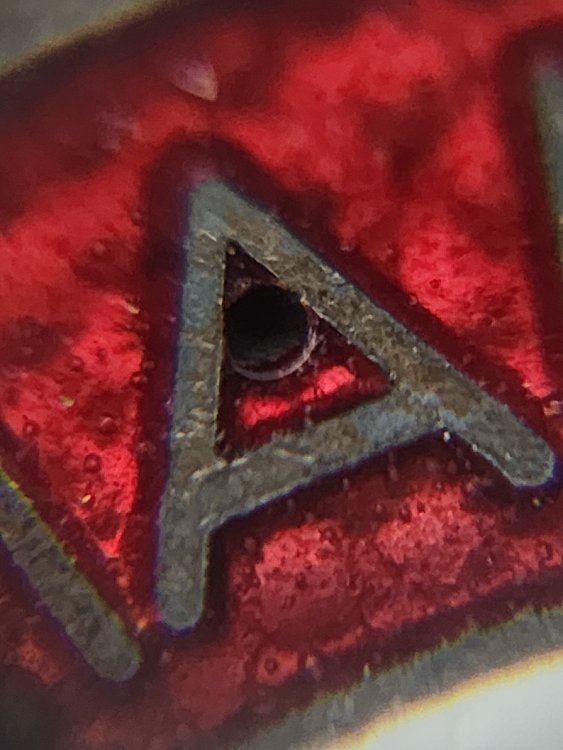
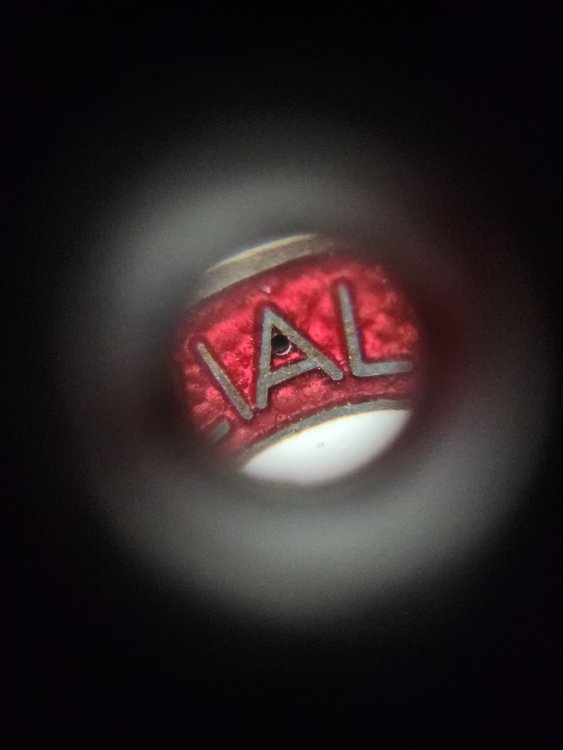
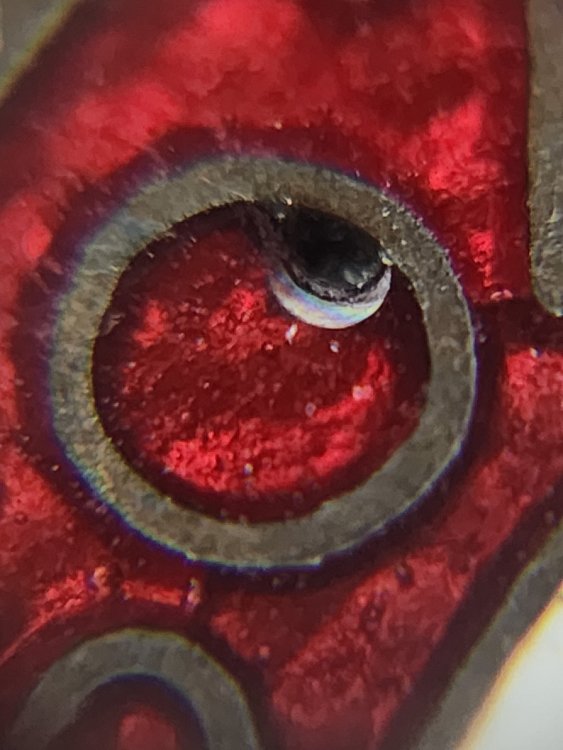
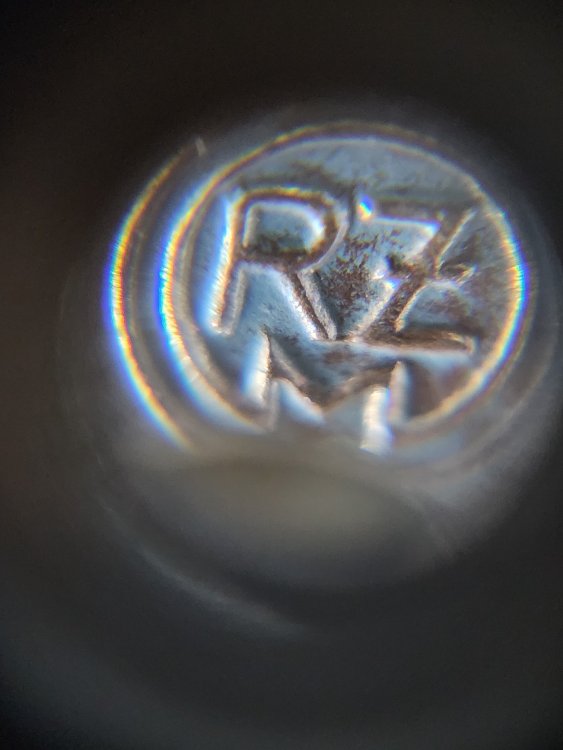
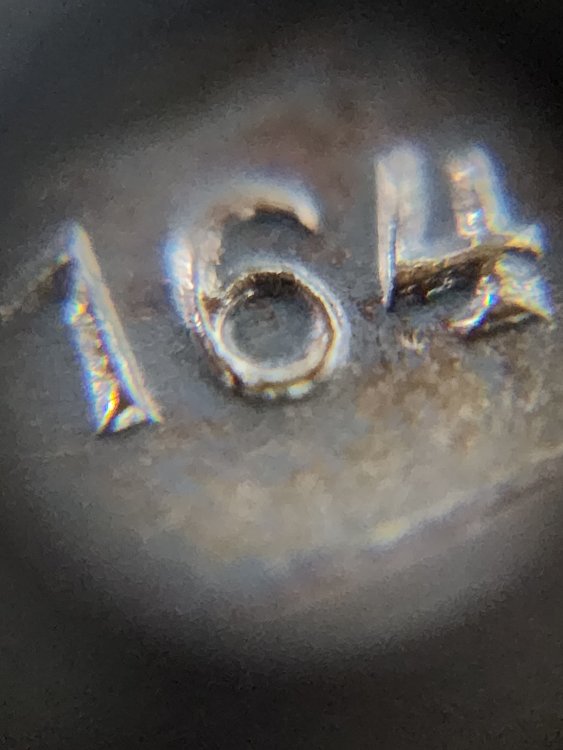
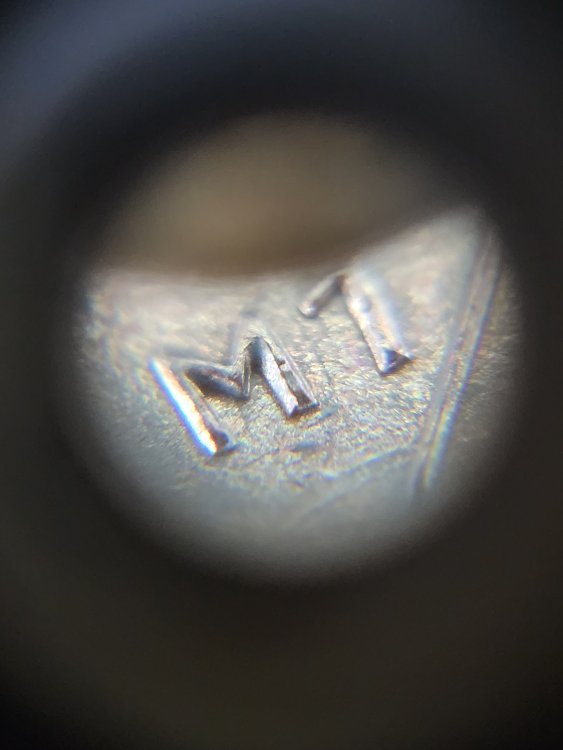
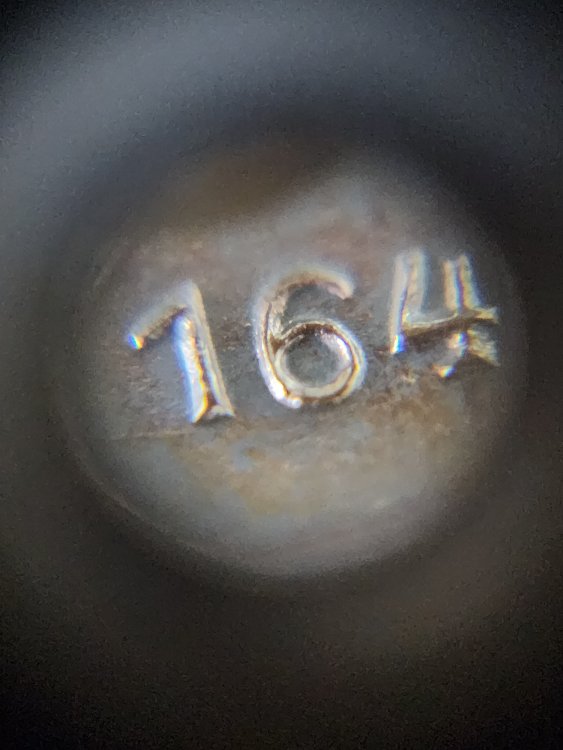

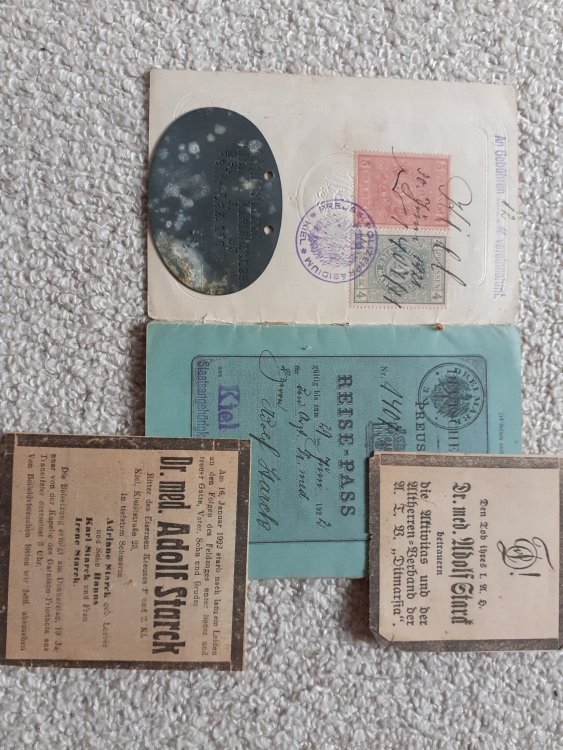
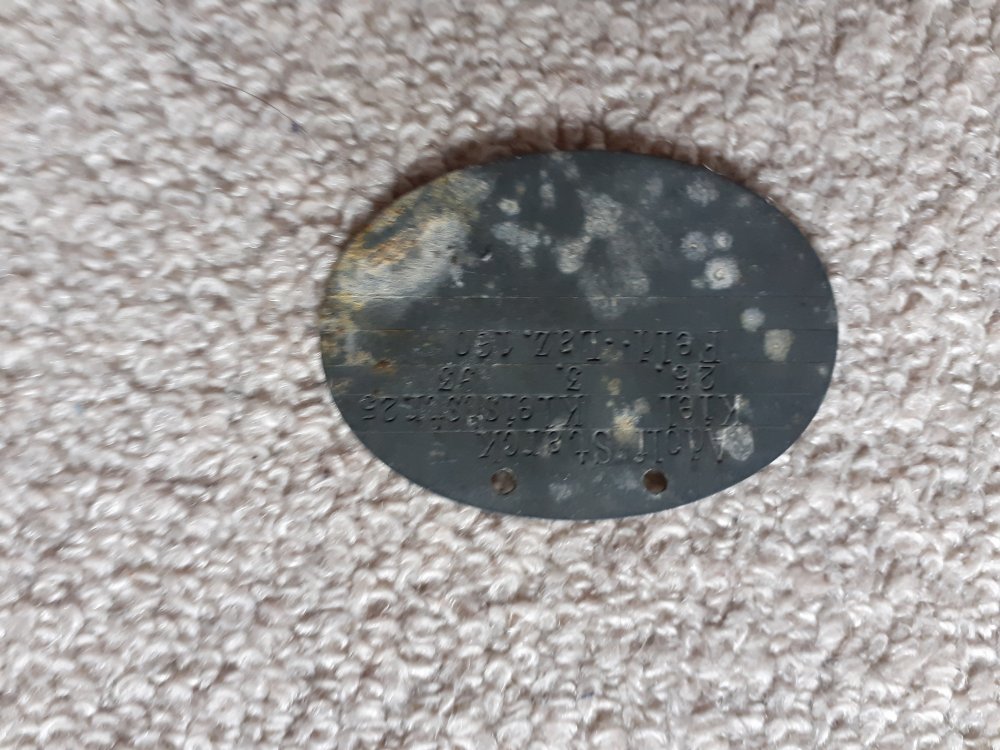
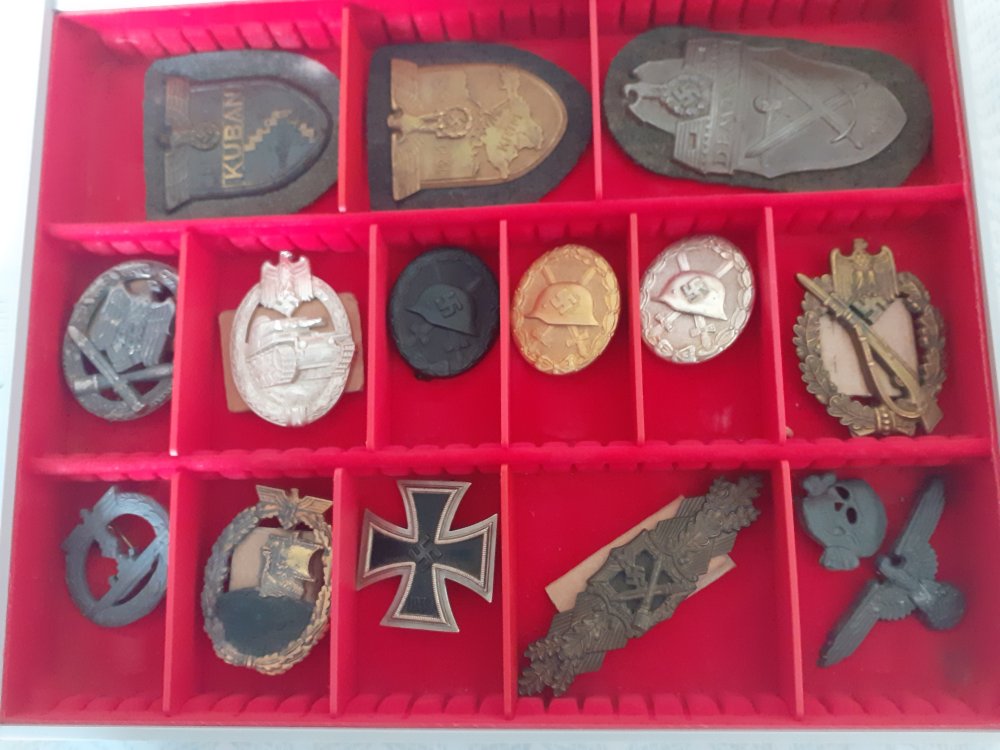
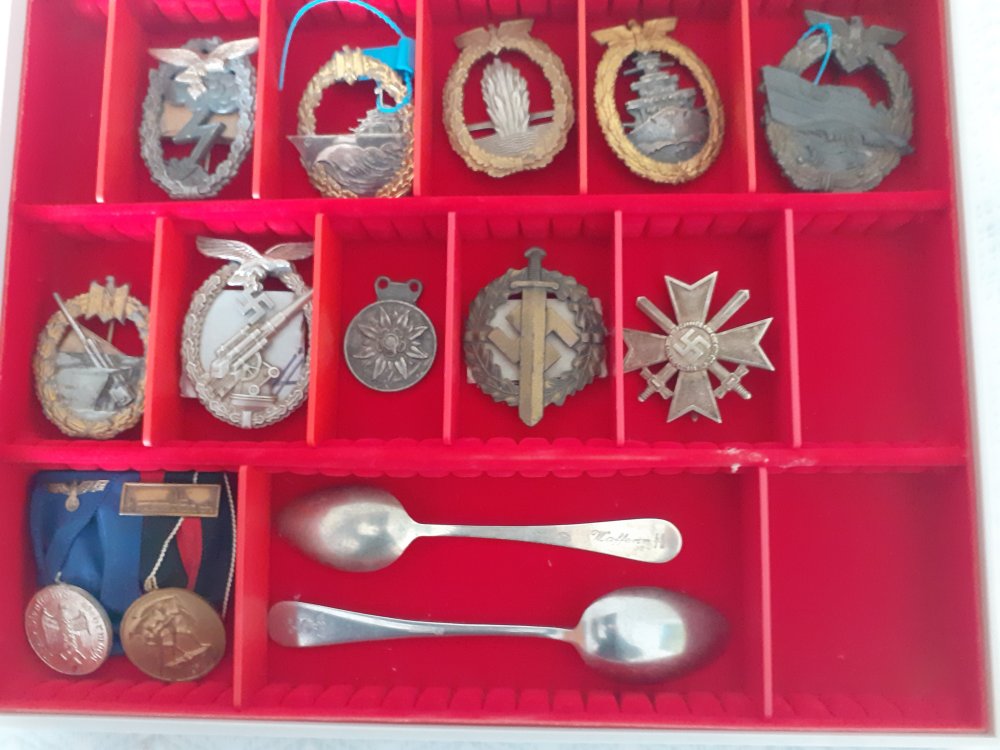
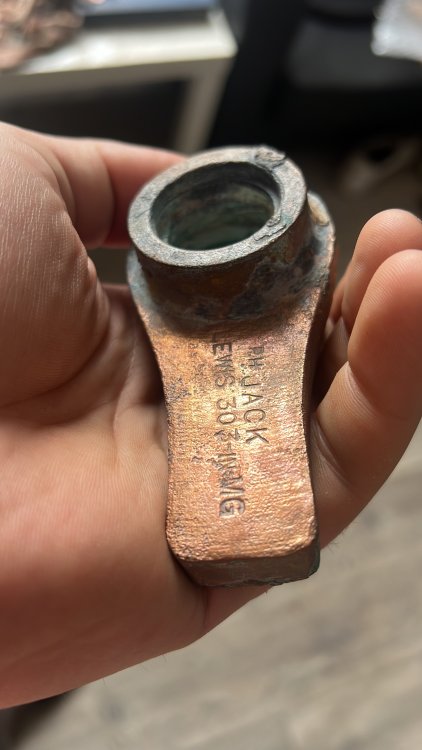
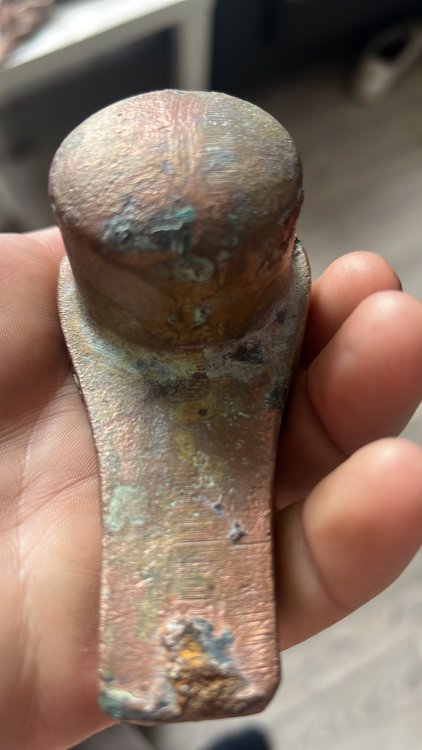
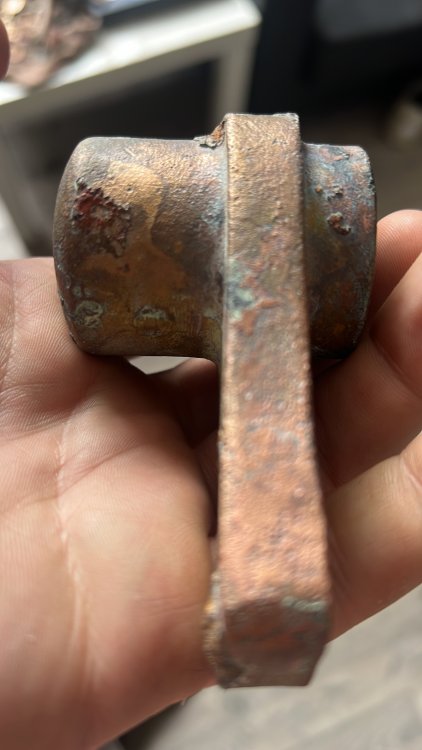
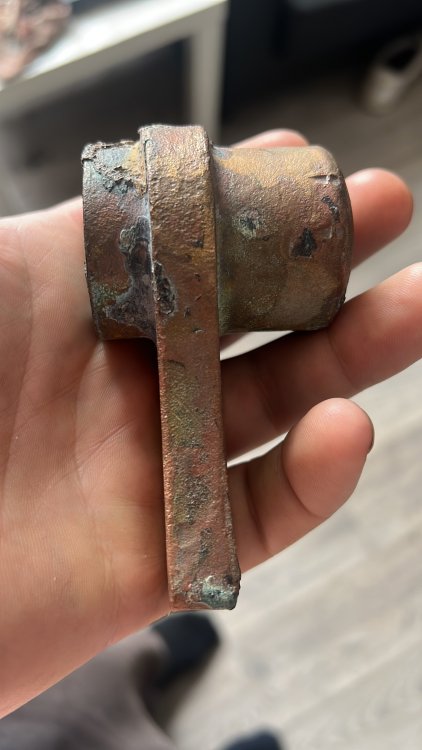
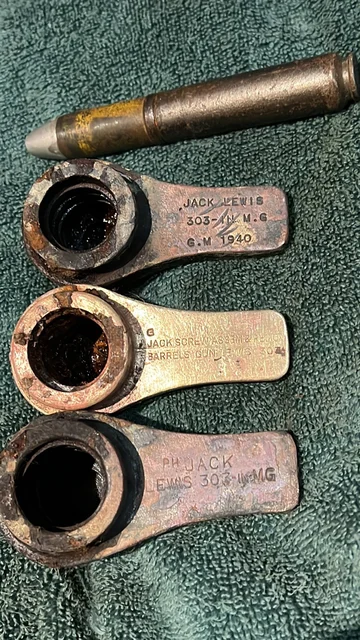
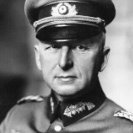
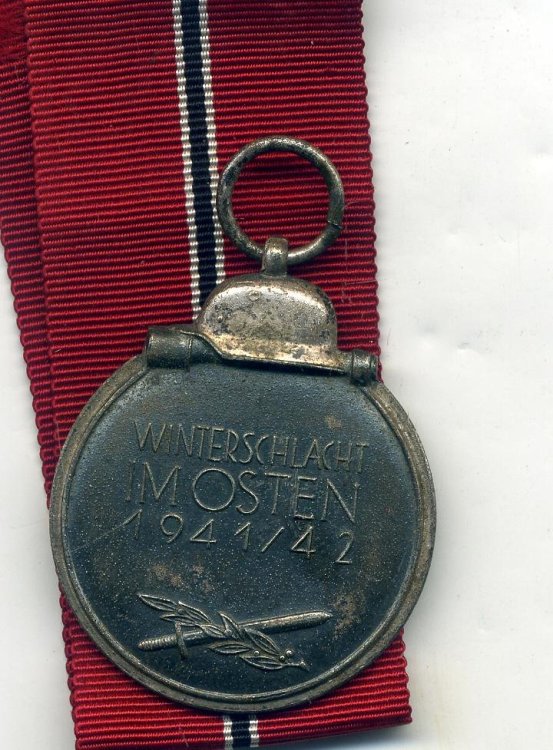

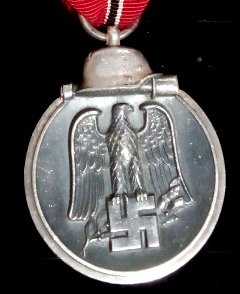
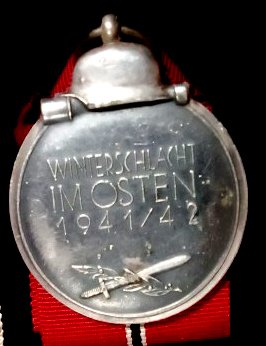
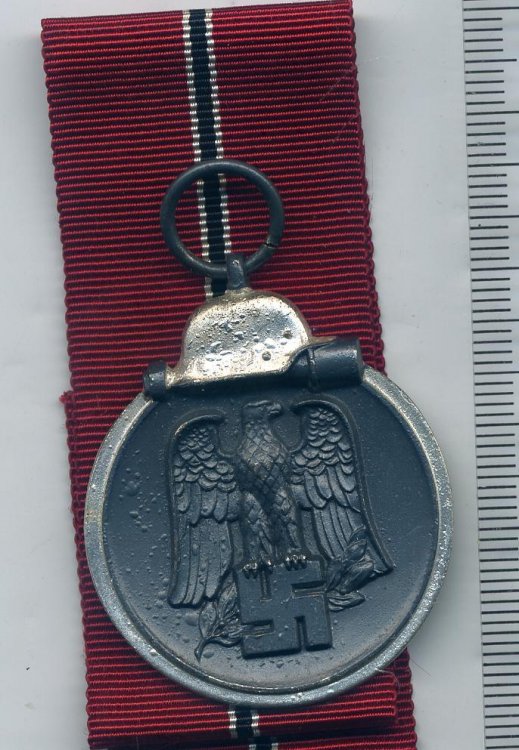
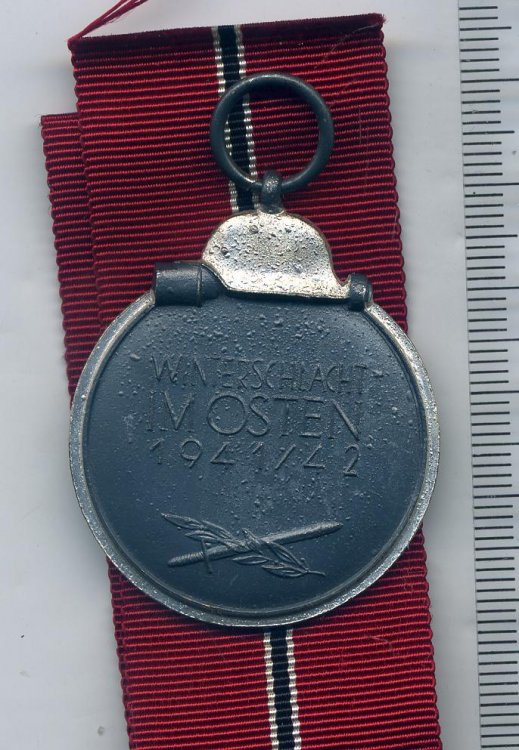
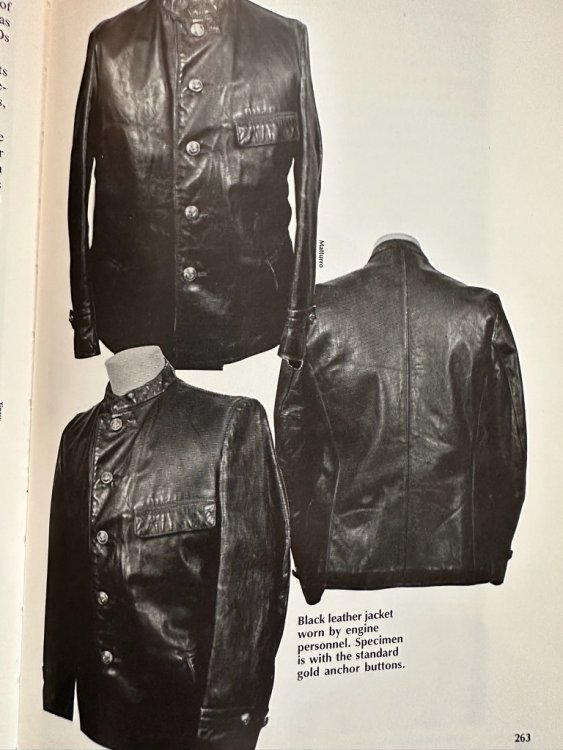
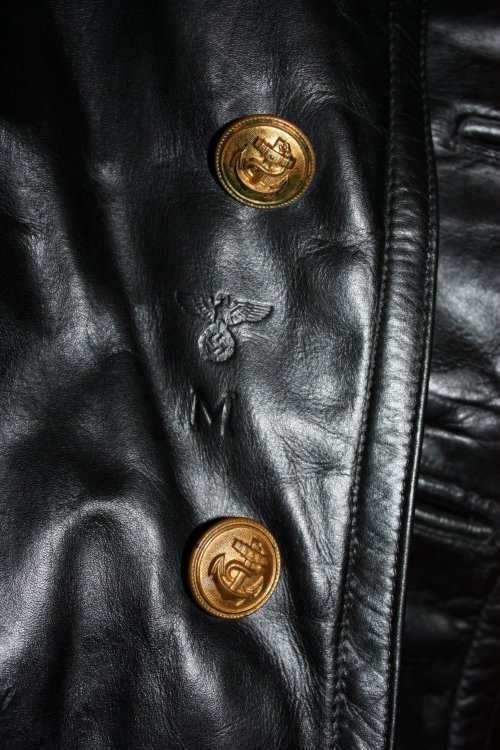
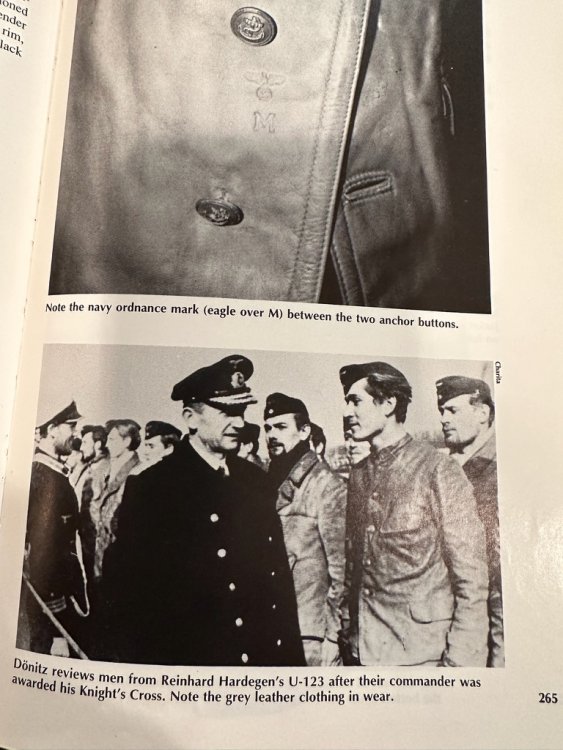
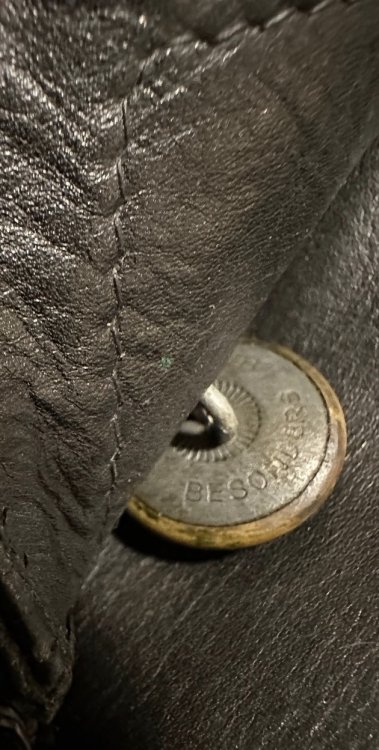
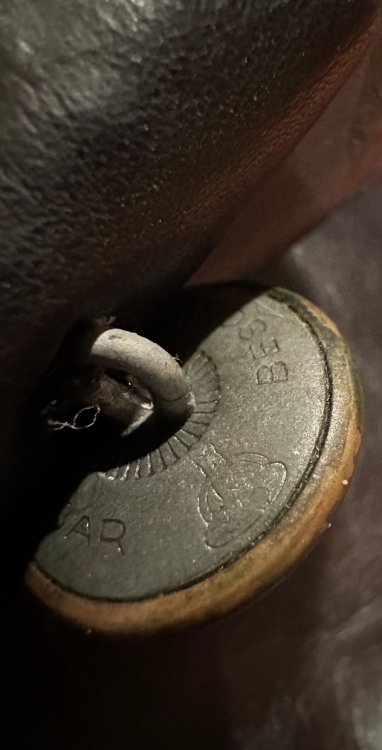
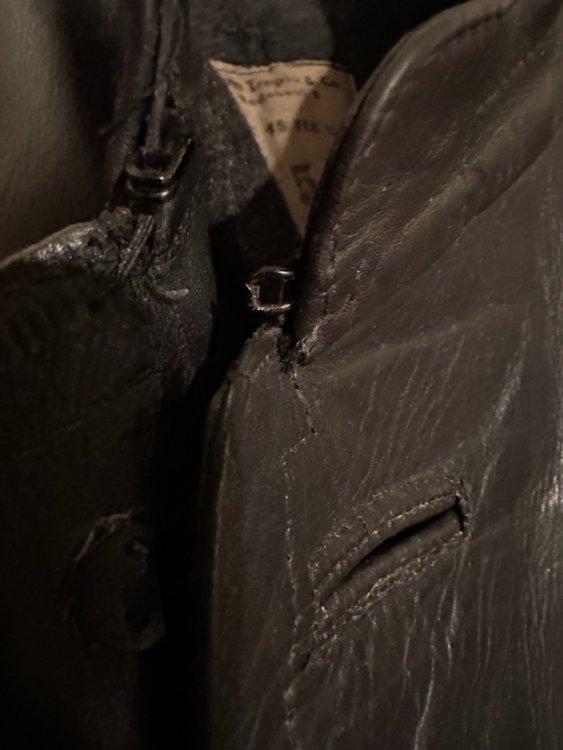
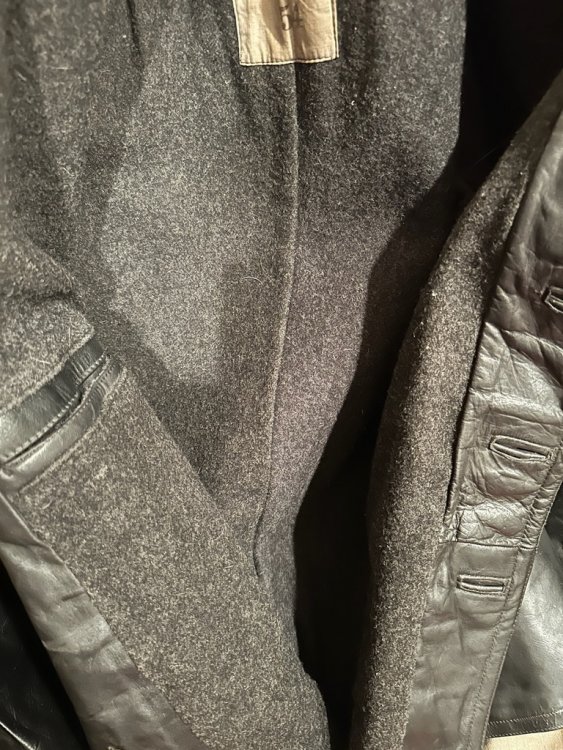
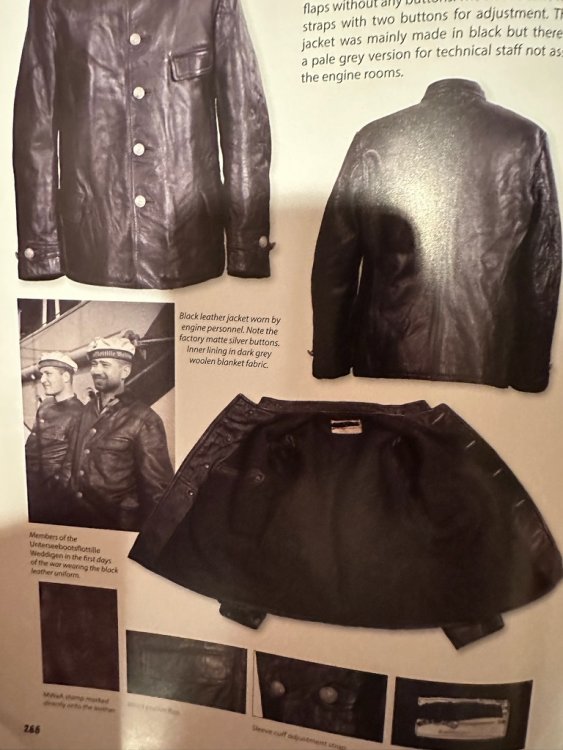
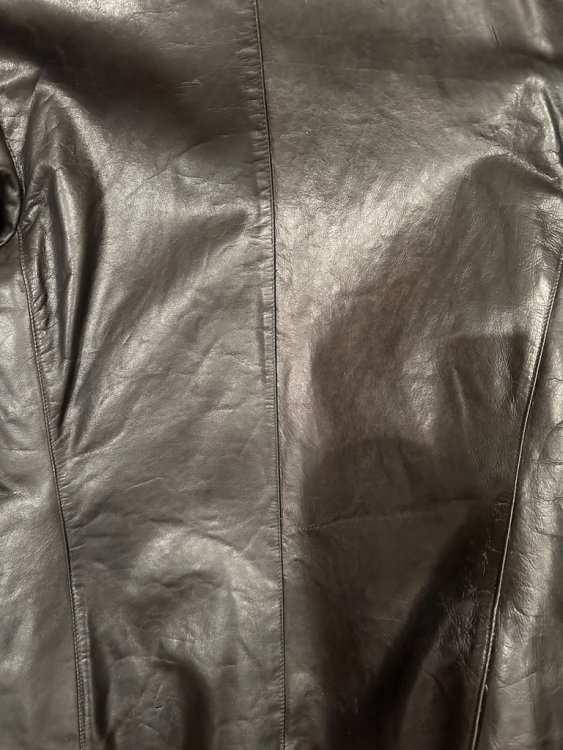
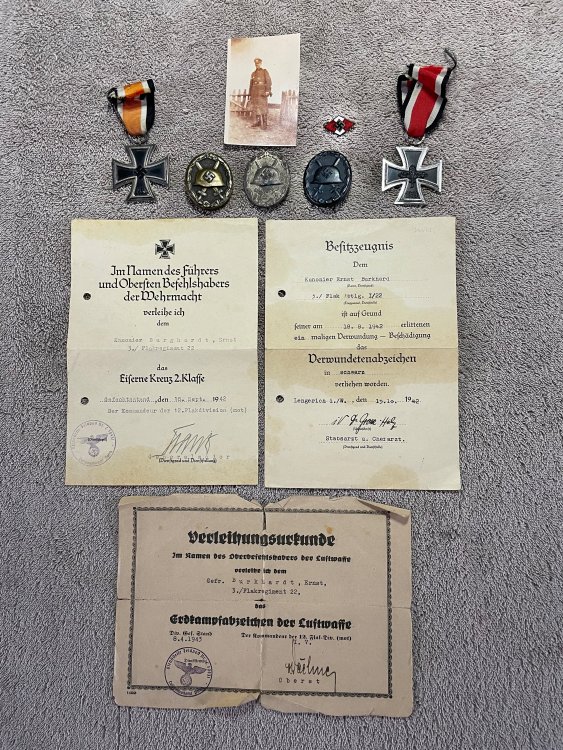
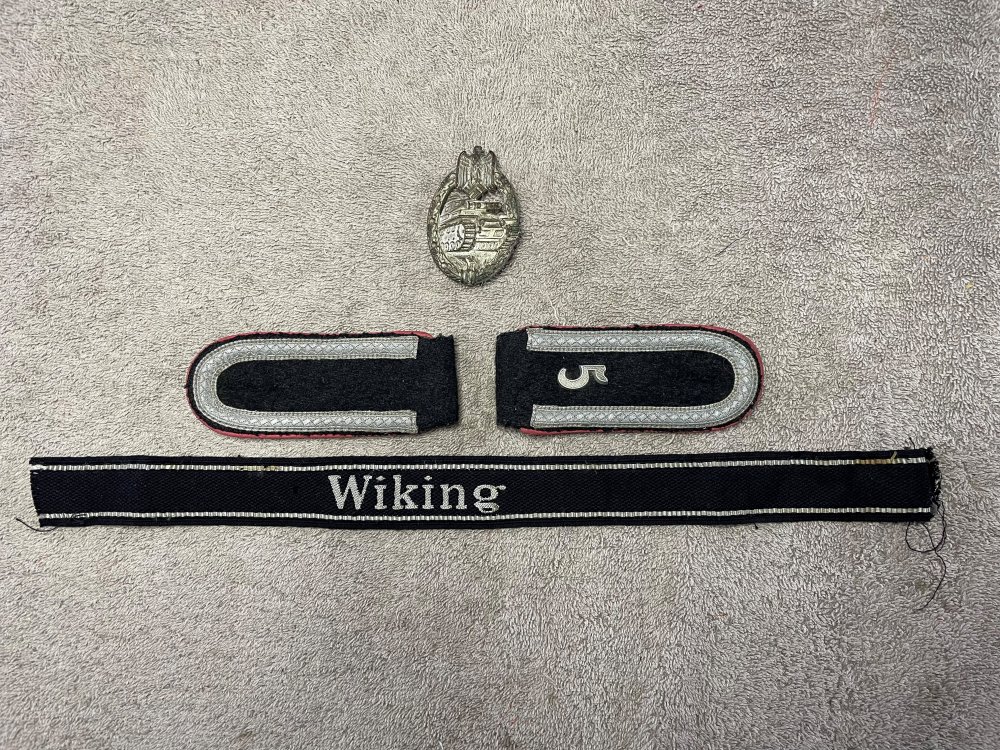
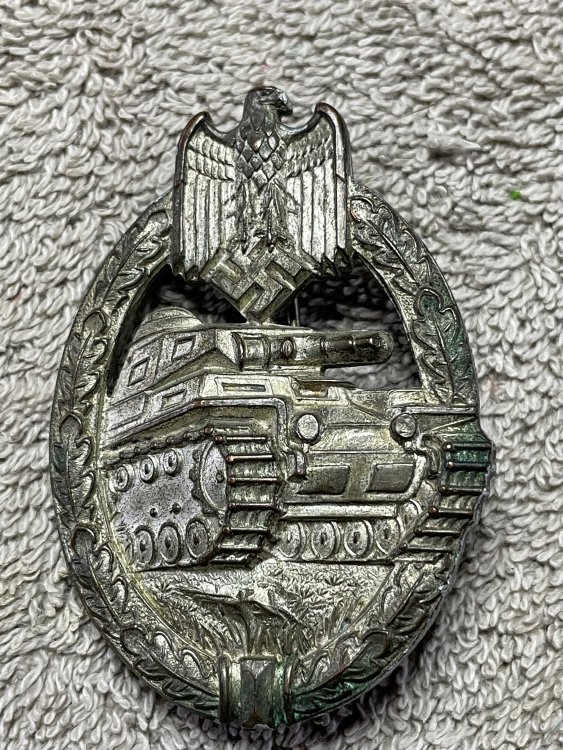
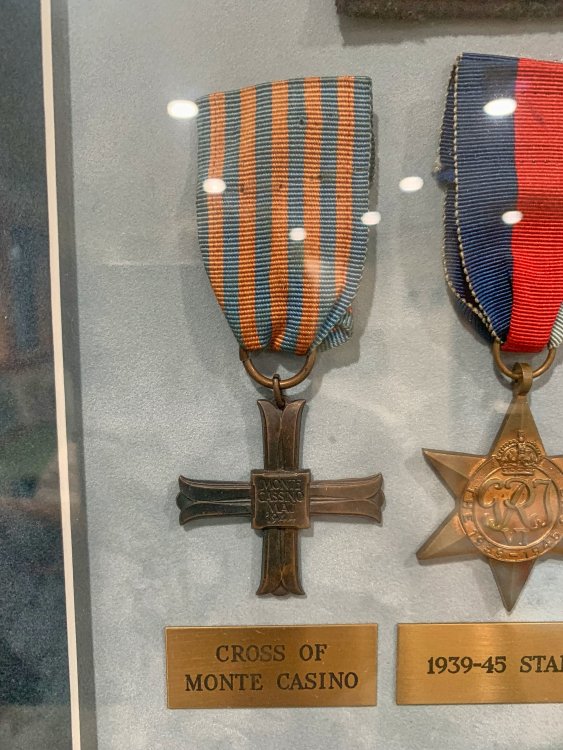
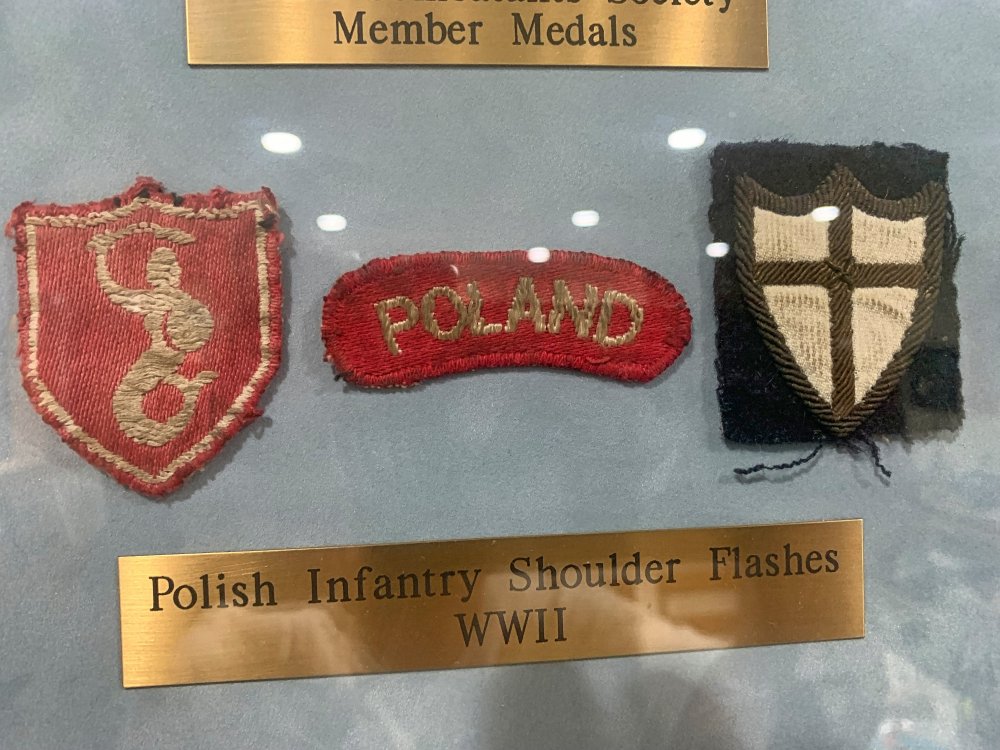
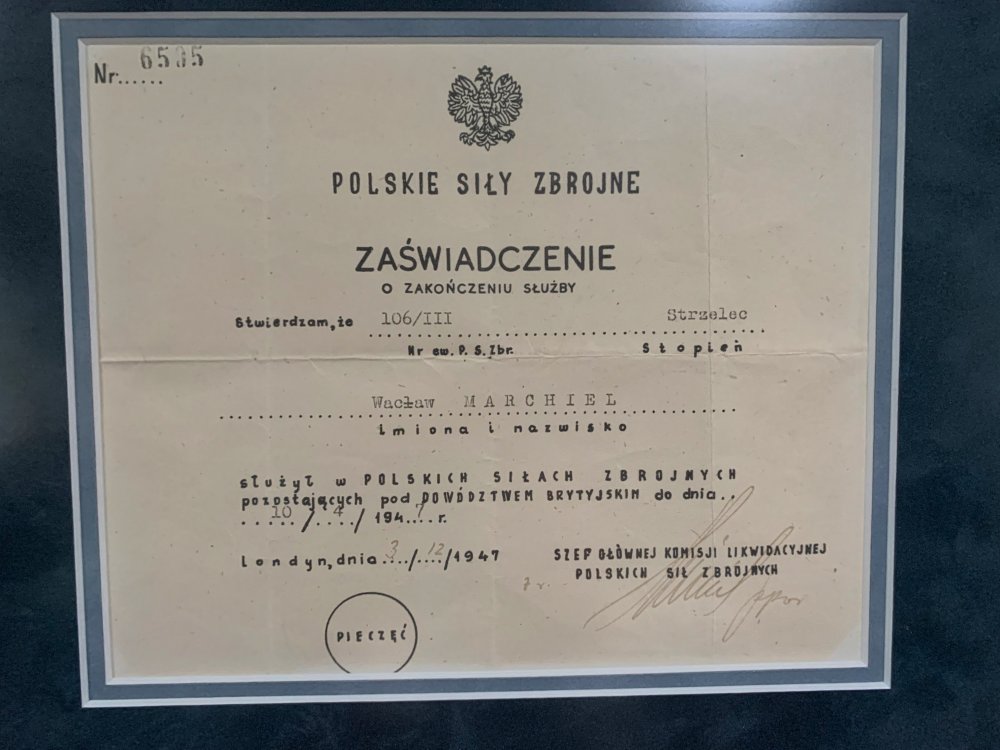
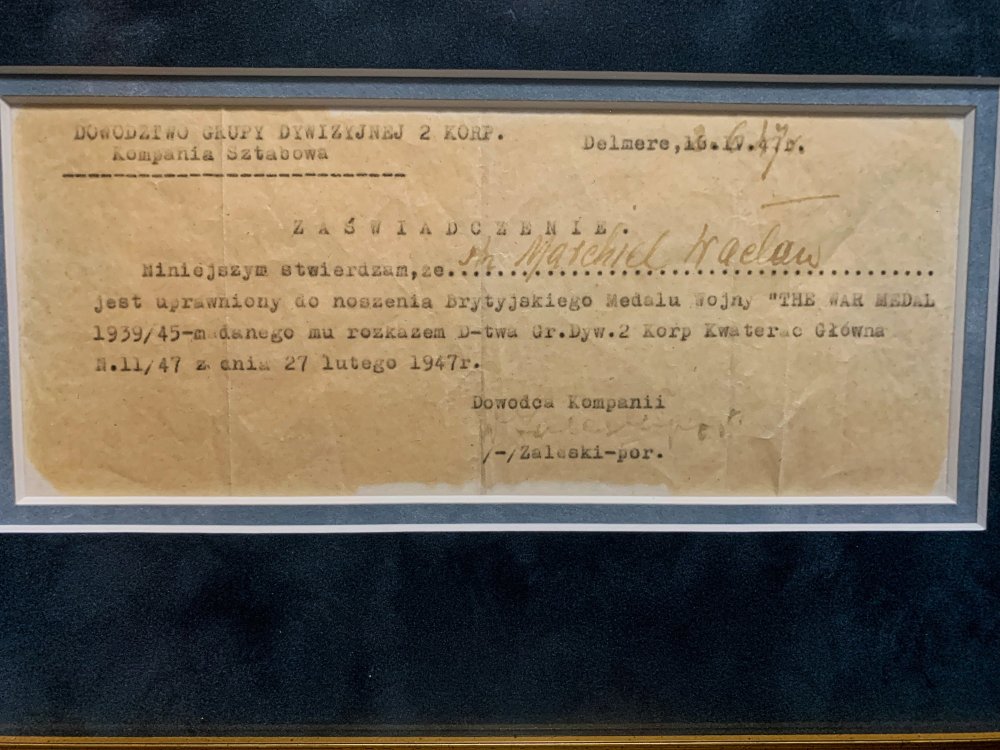
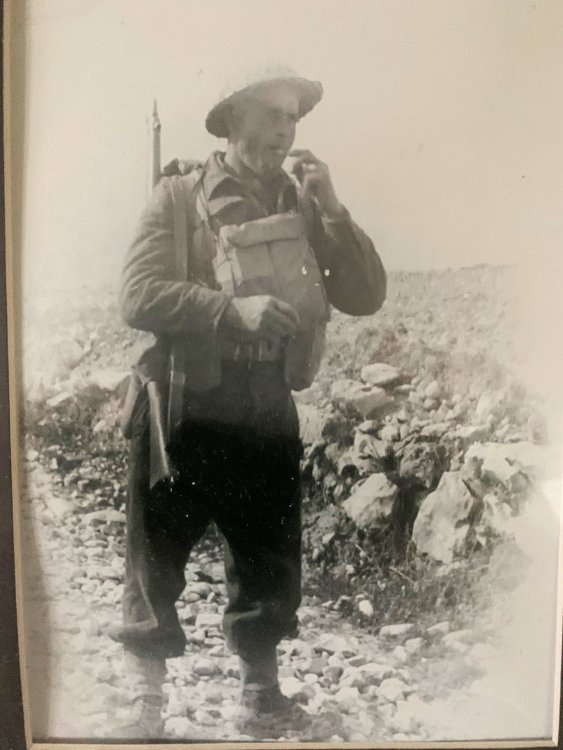
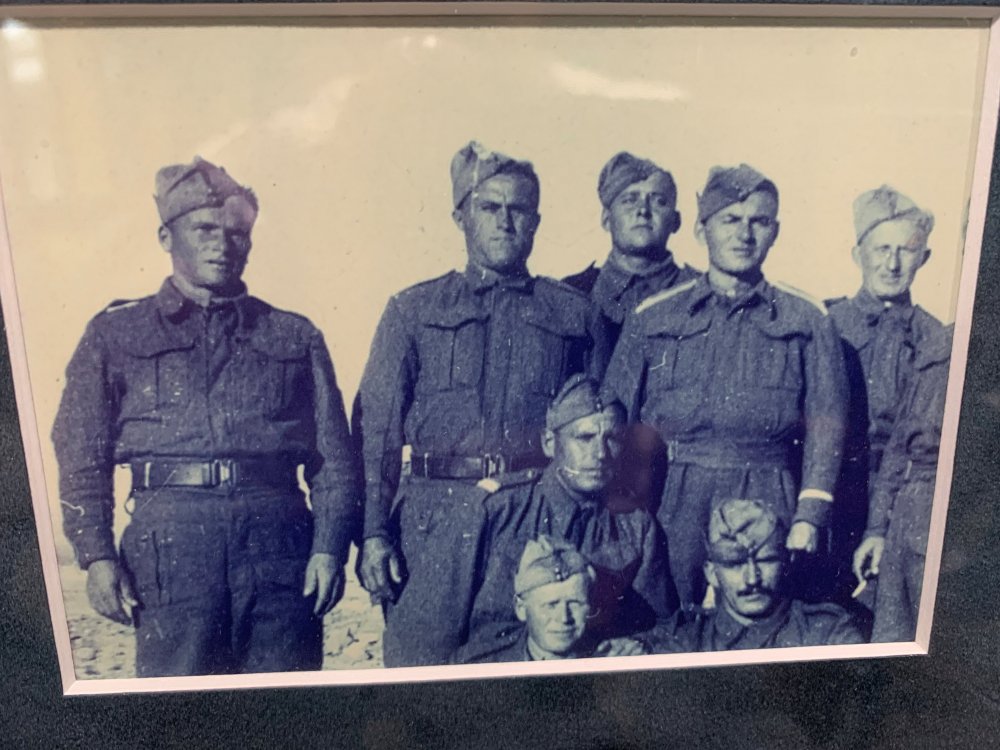
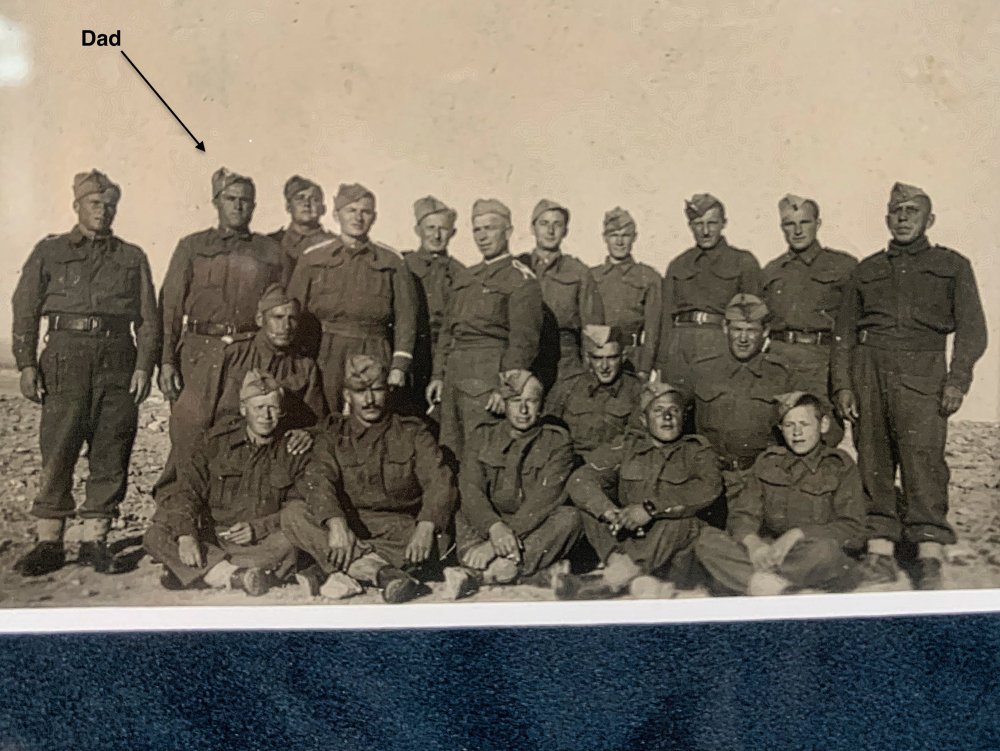
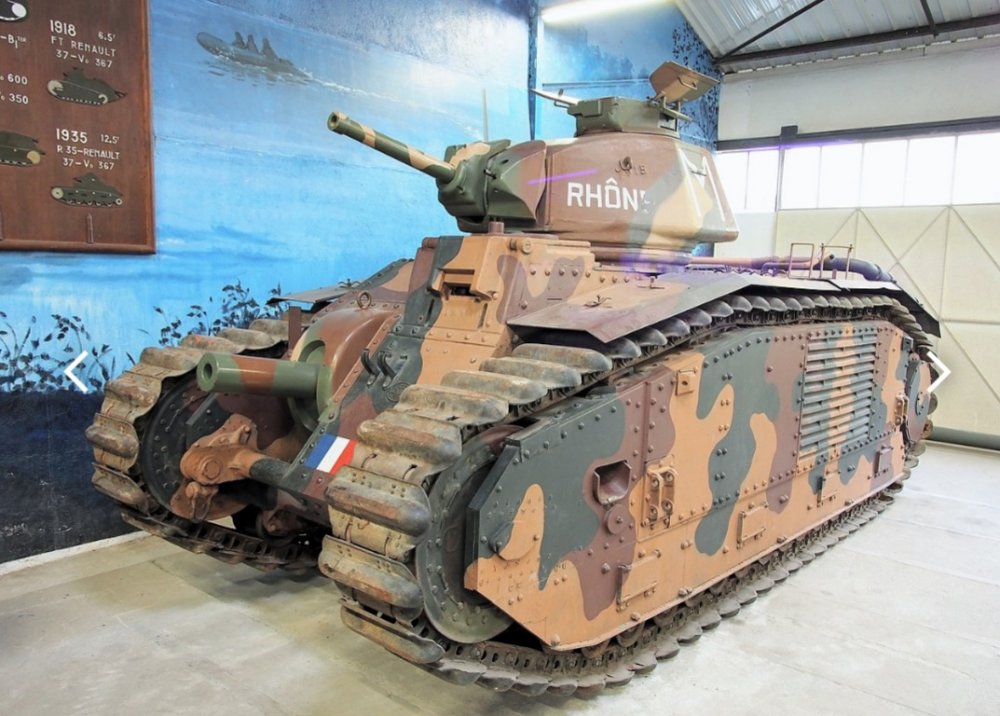
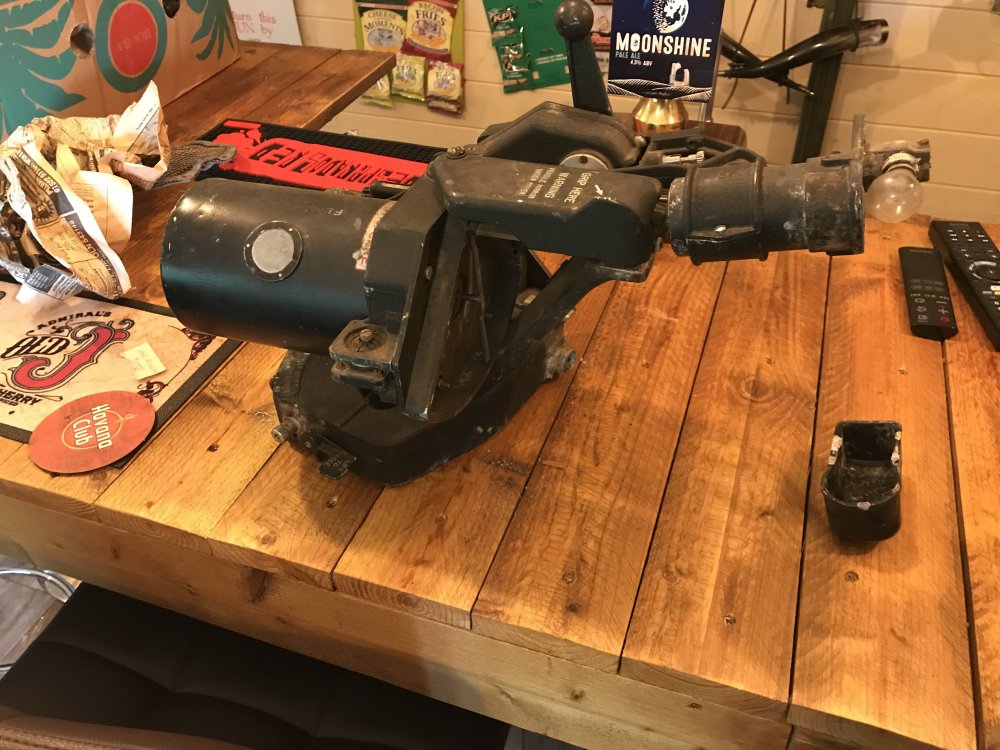
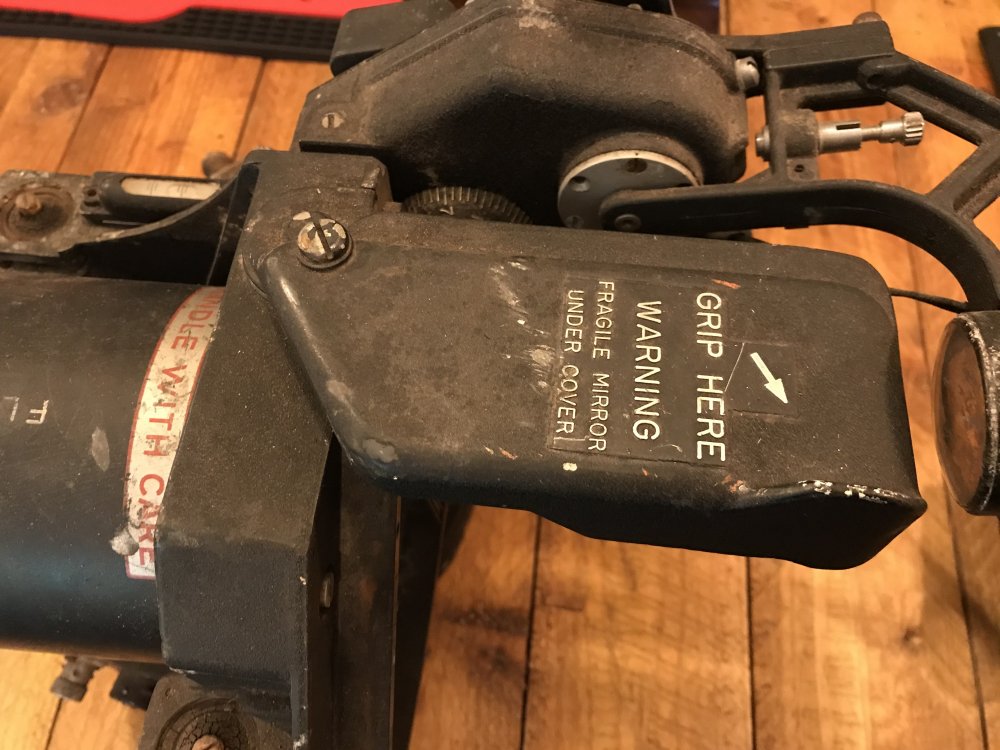
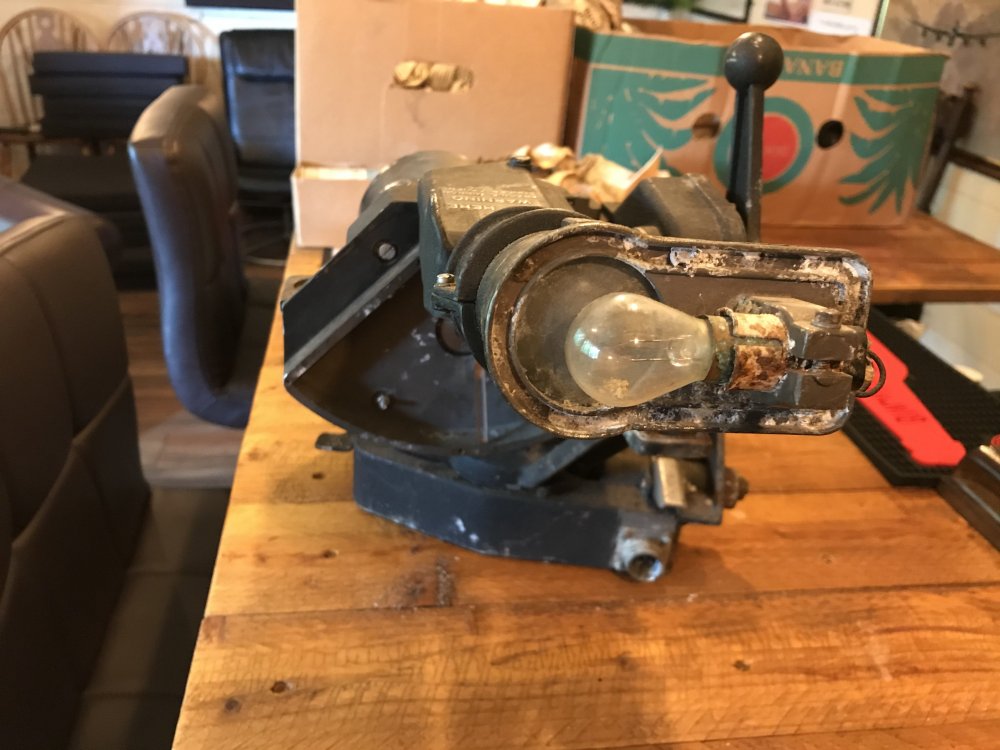
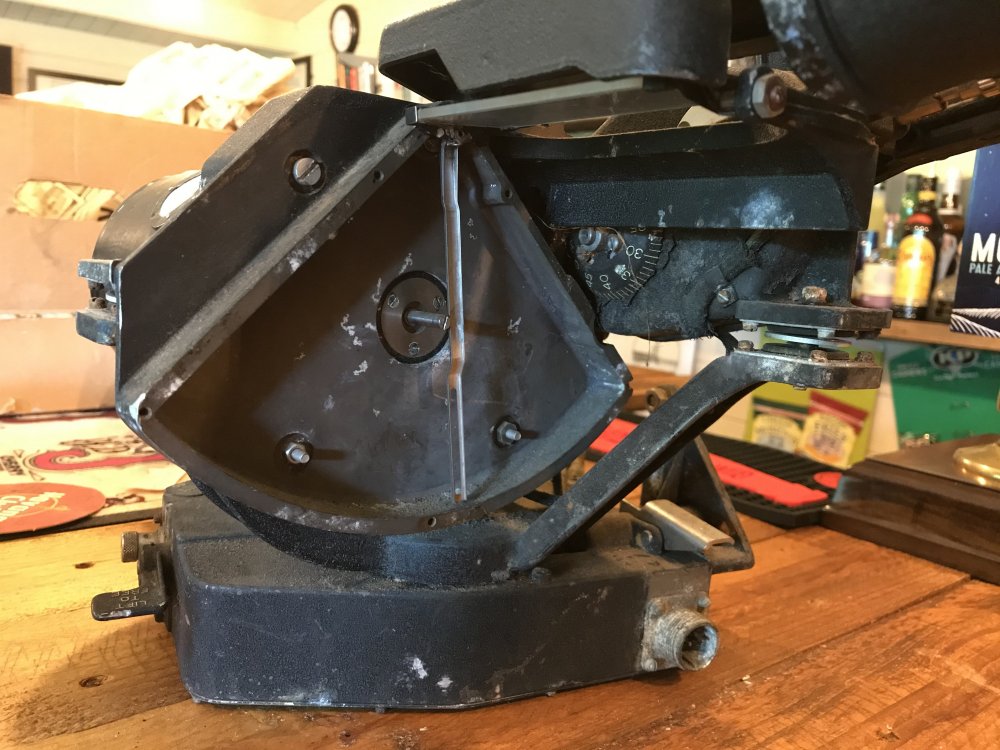
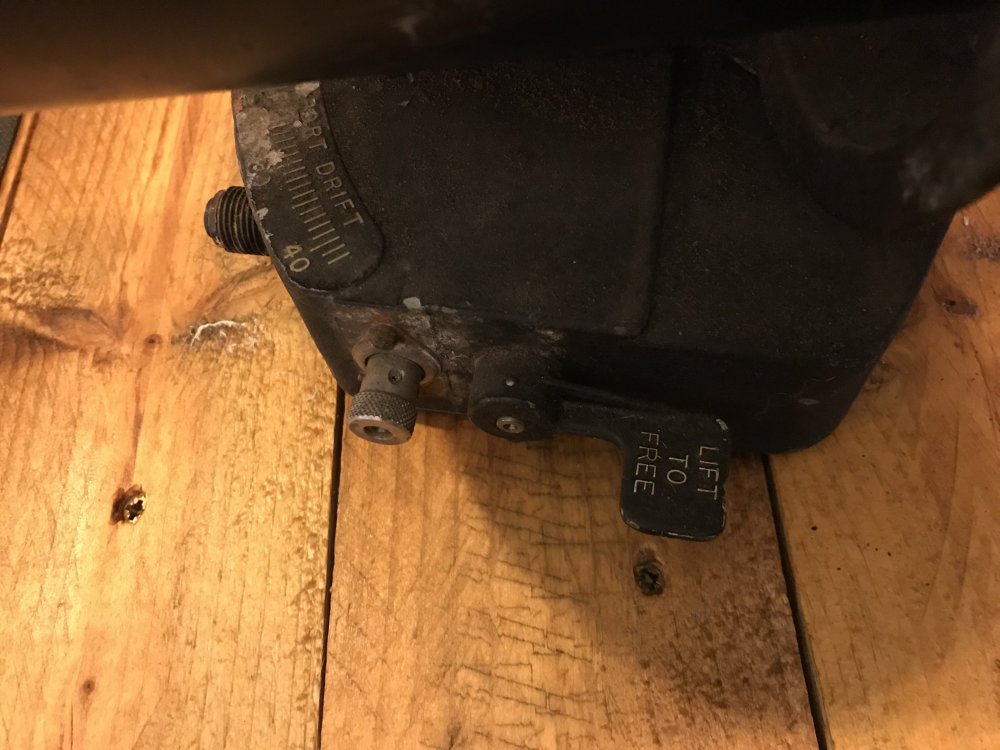
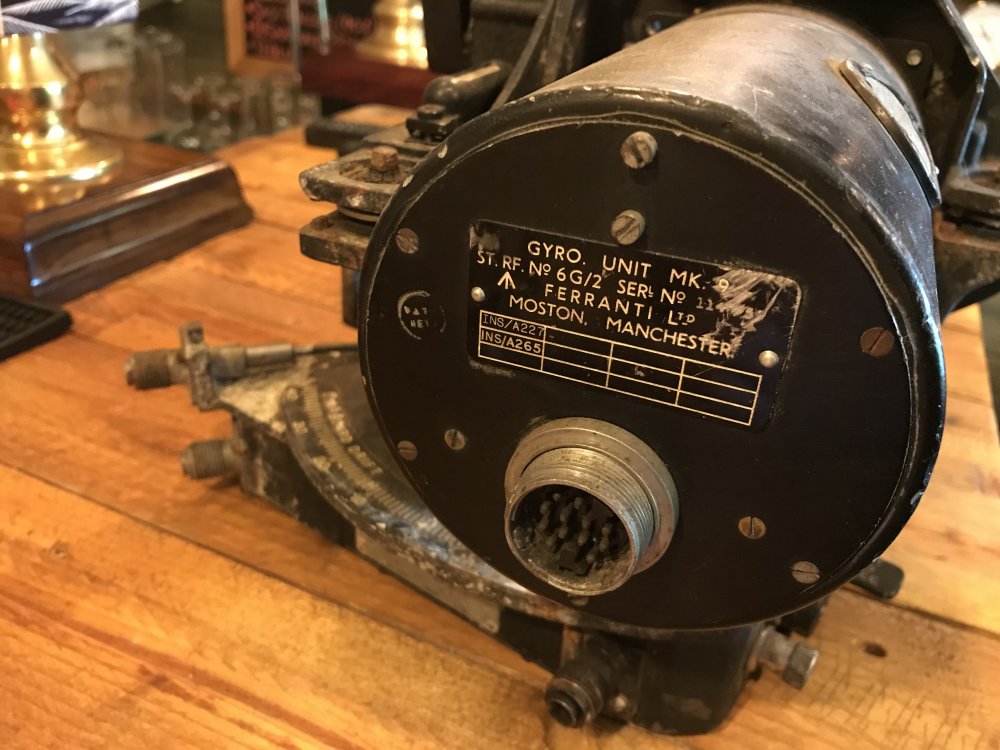
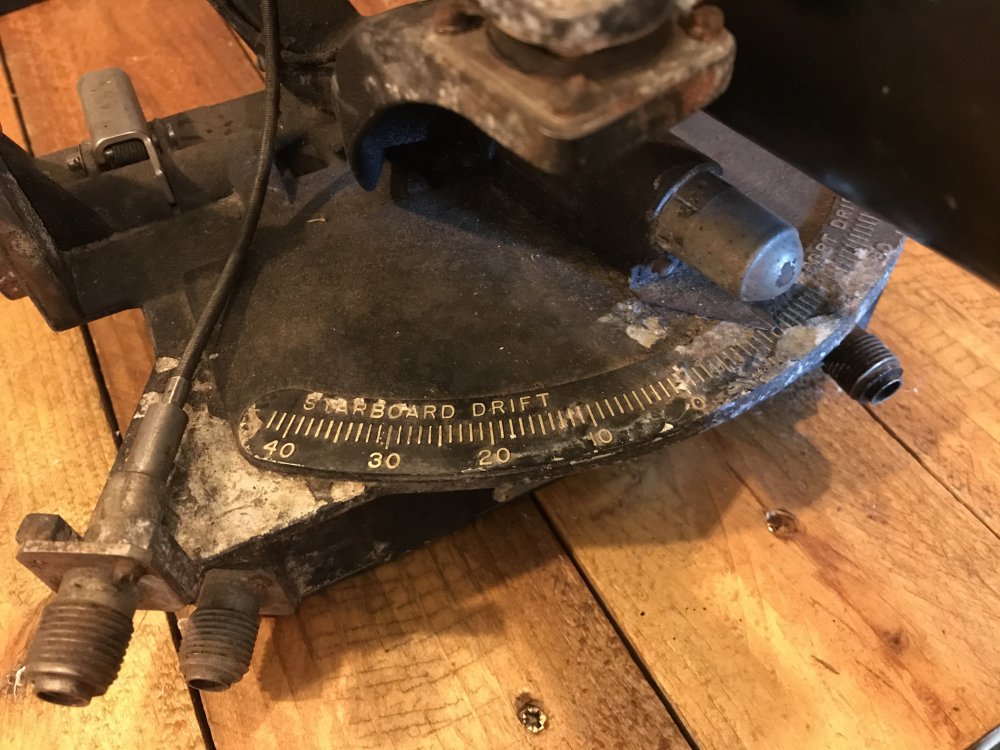
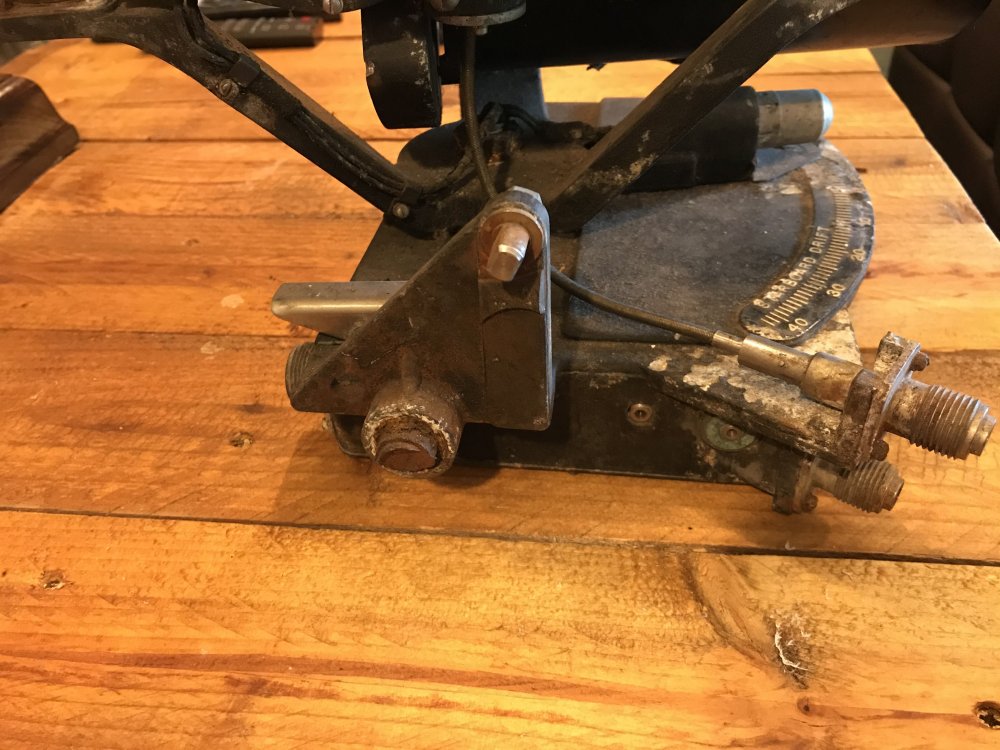
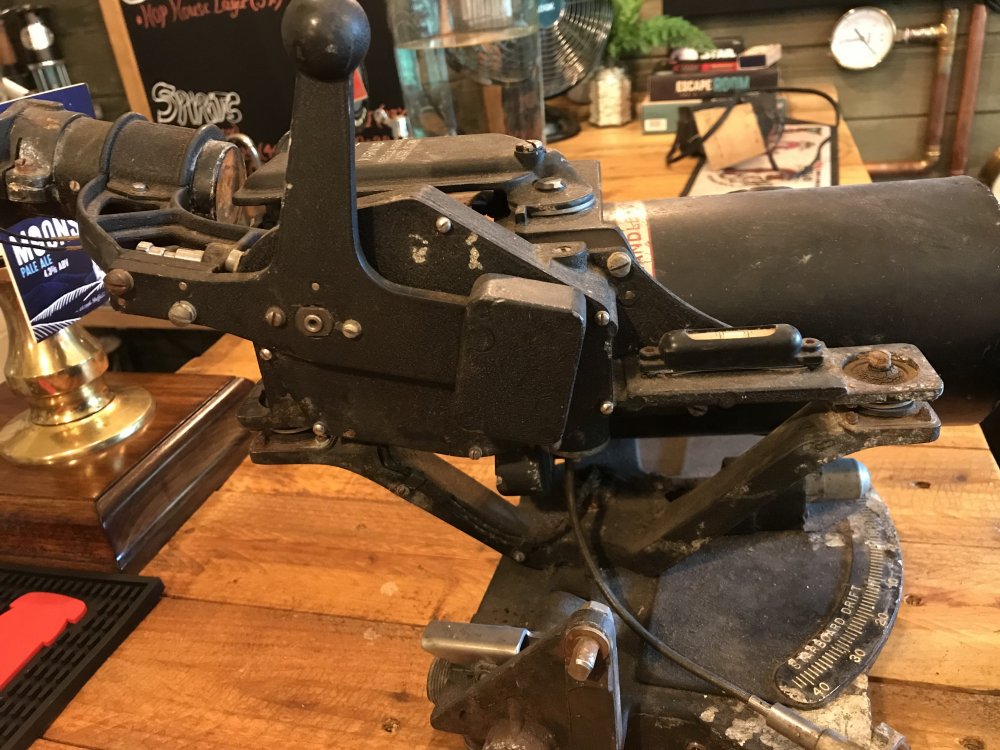
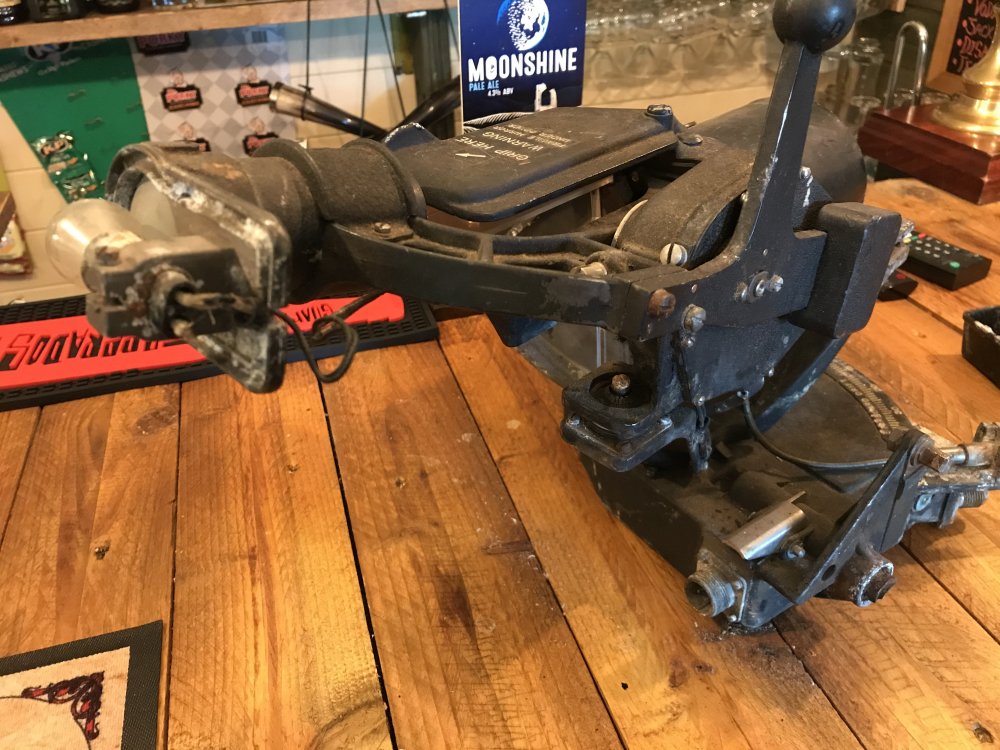
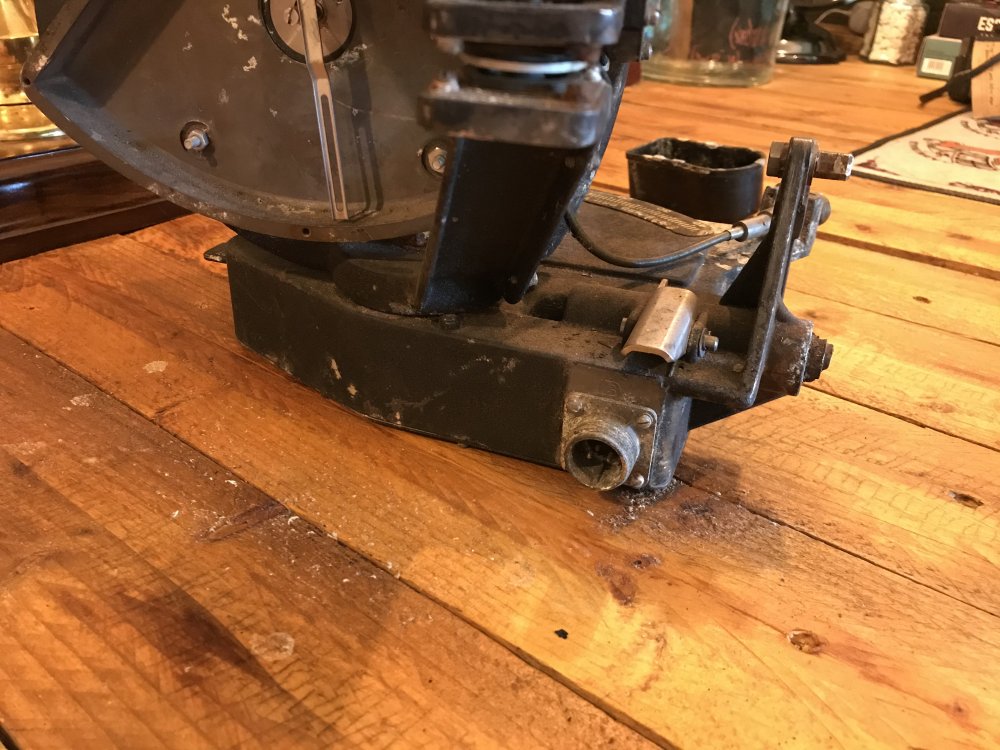
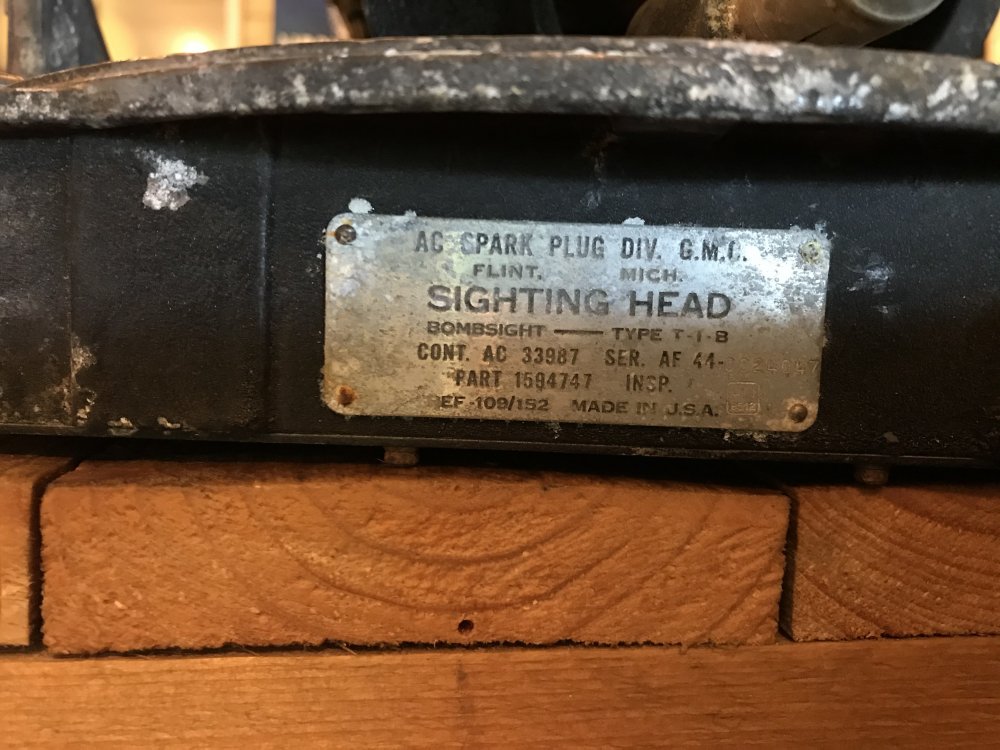
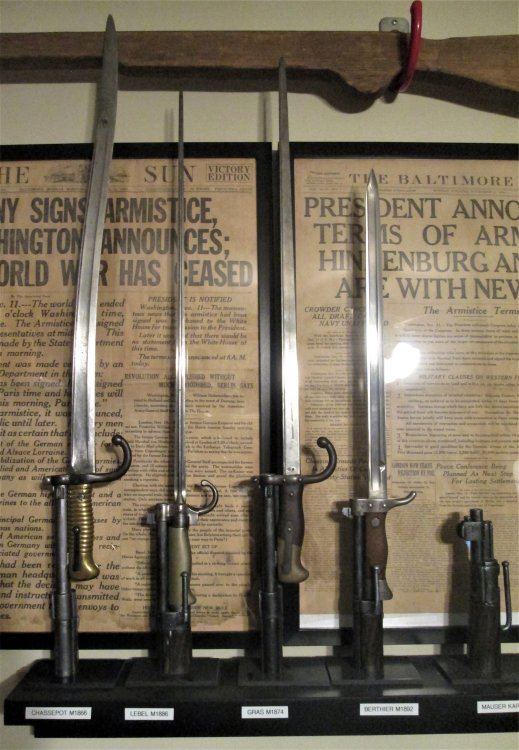
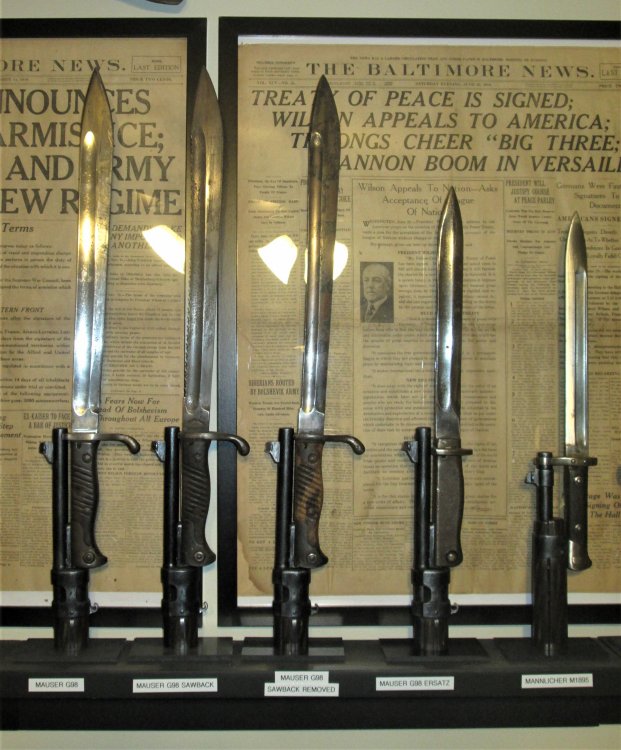
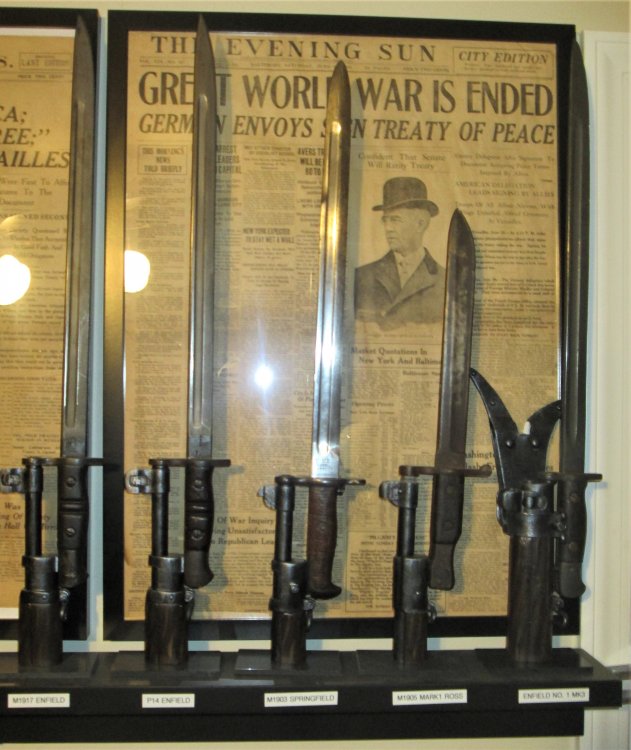
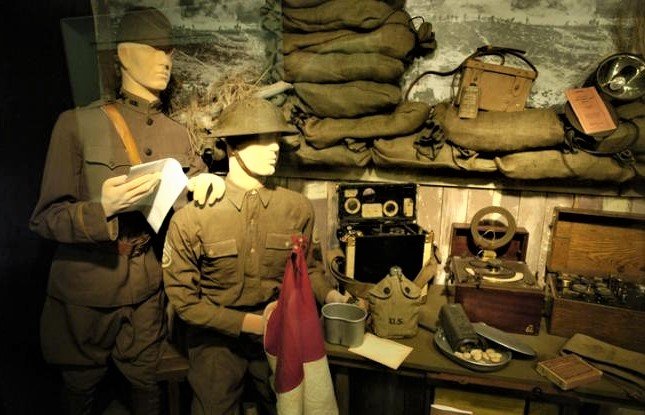

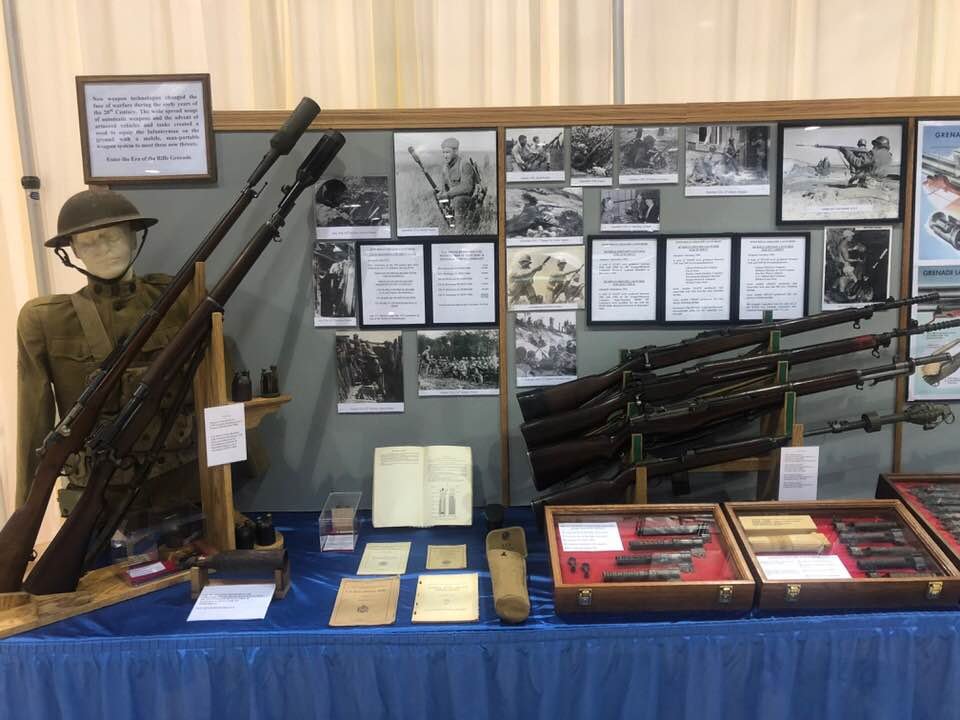
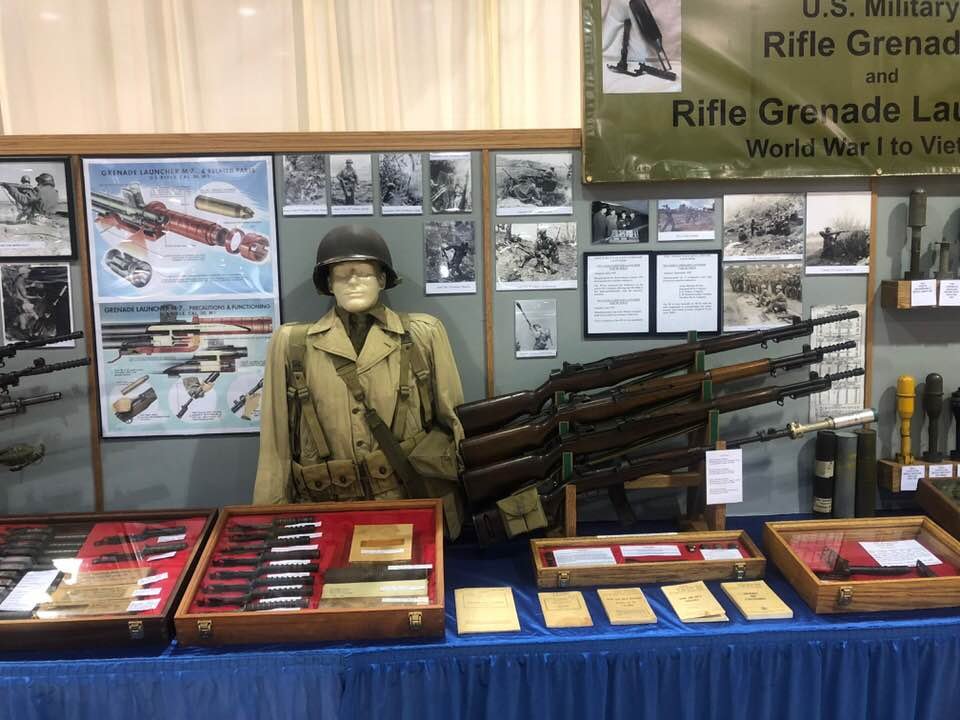
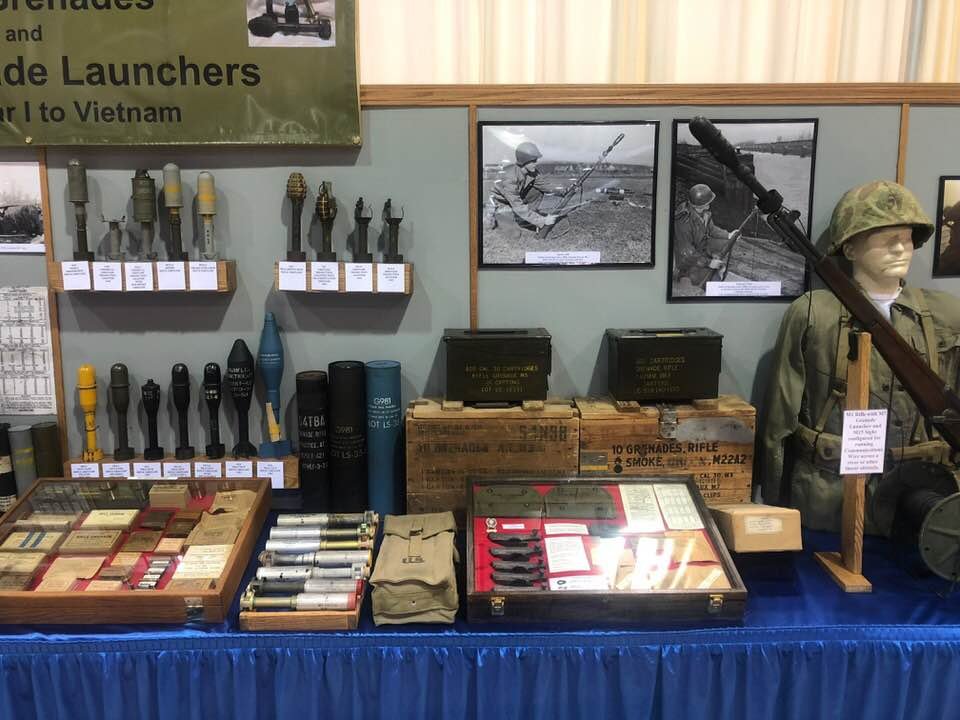
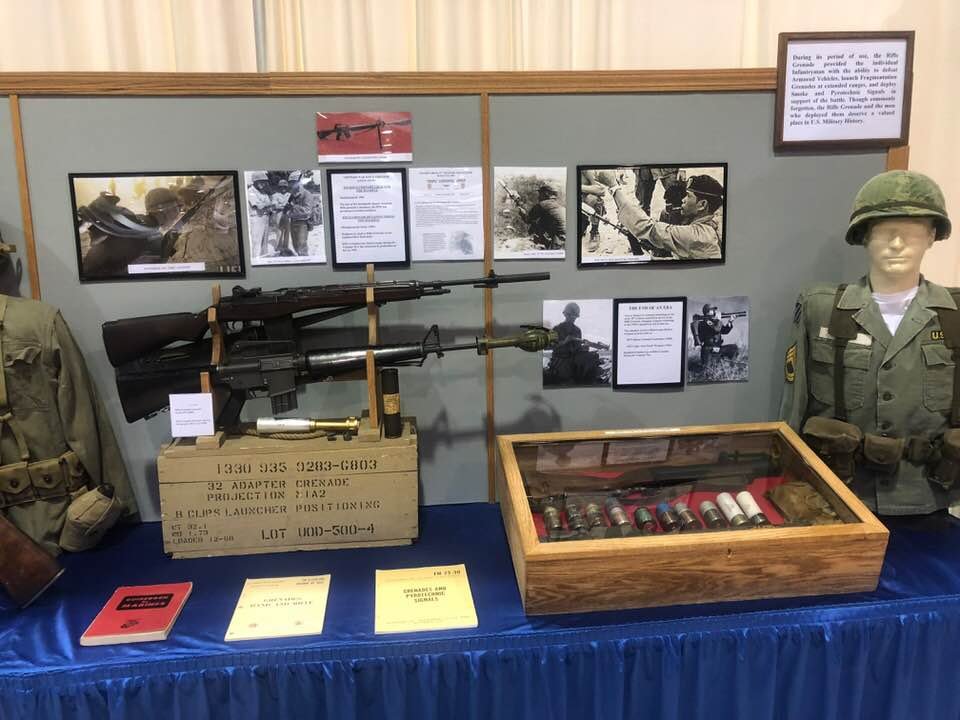
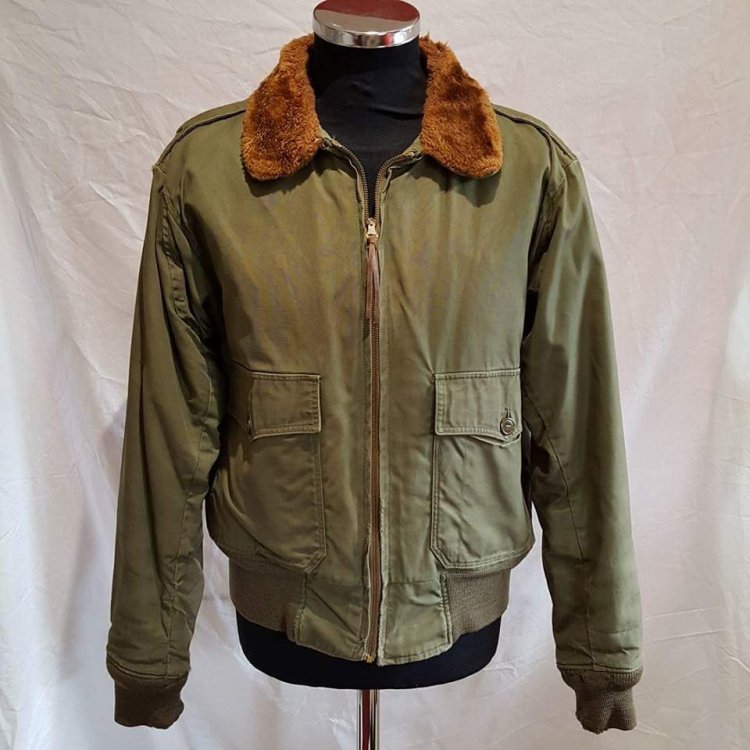
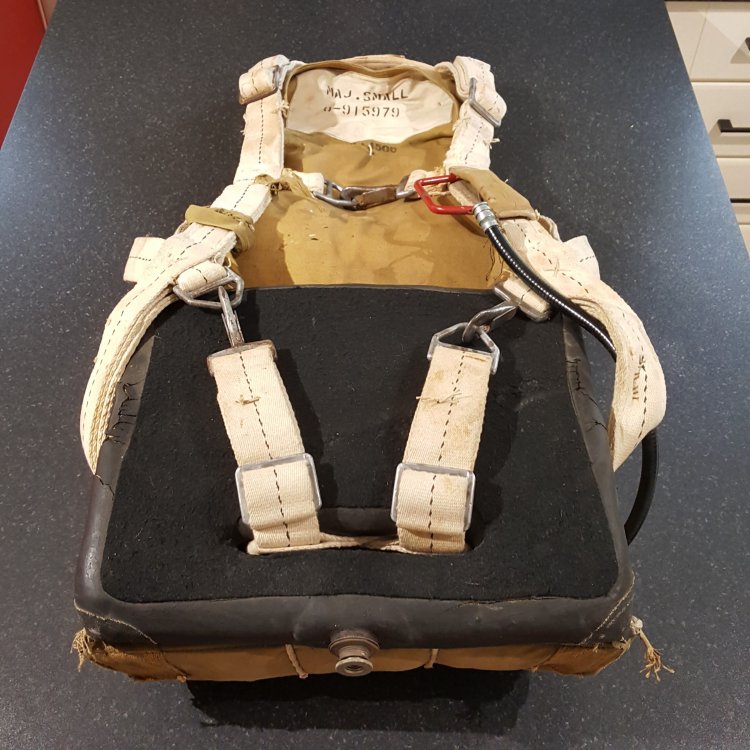
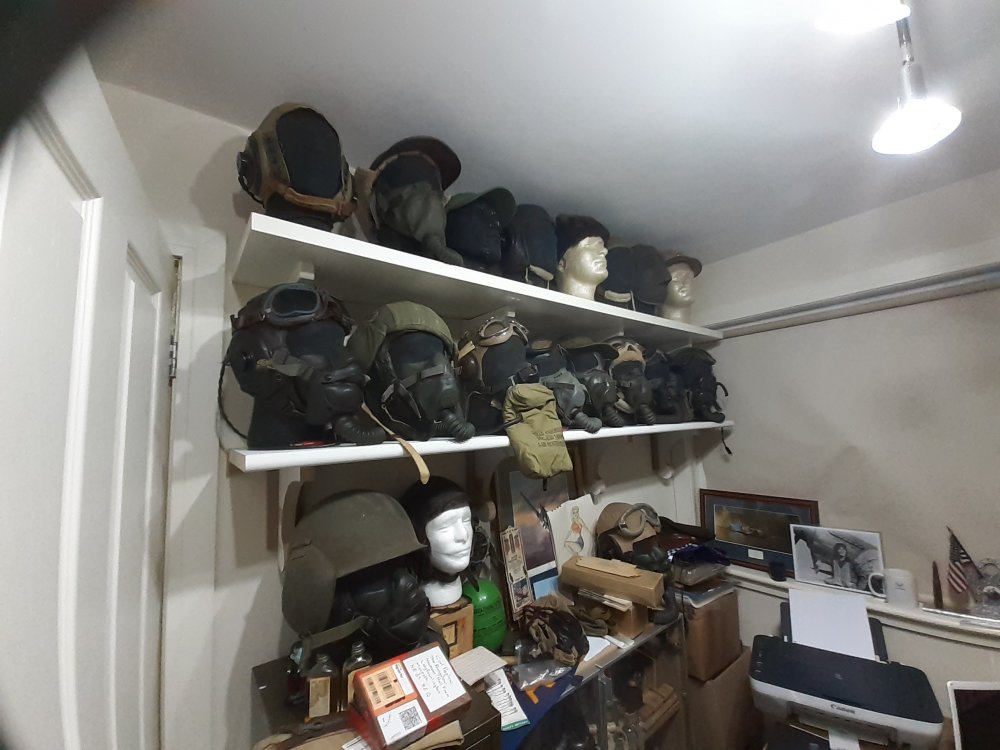
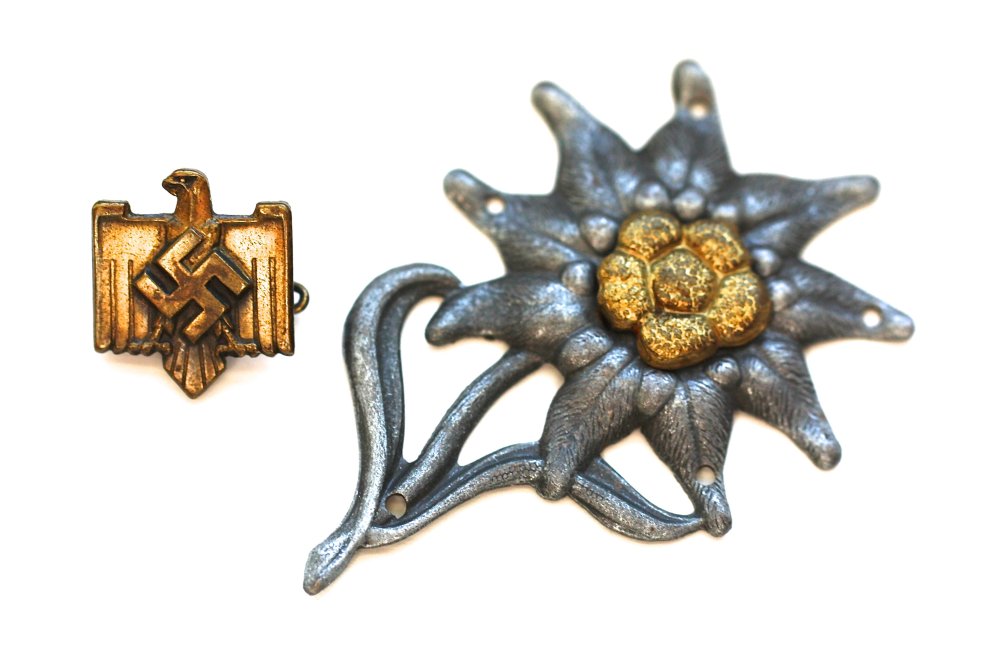
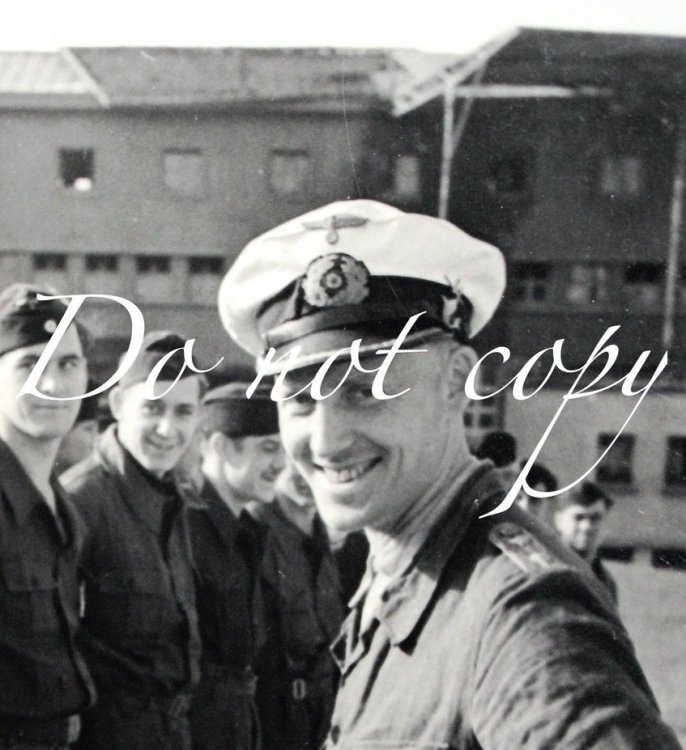
.thumb.jpg.893384dbd7d5e611fdc98a8071f965da.jpg)
.thumb.jpg.51afdcf738320bce054f37df46a34d07.jpg)
.thumb.jpg.0962bd7fe5c828be9e0fab135d63ff86.jpg)
.thumb.jpg.3fe694b619f8d5fb43d199bd7d796a44.jpg)
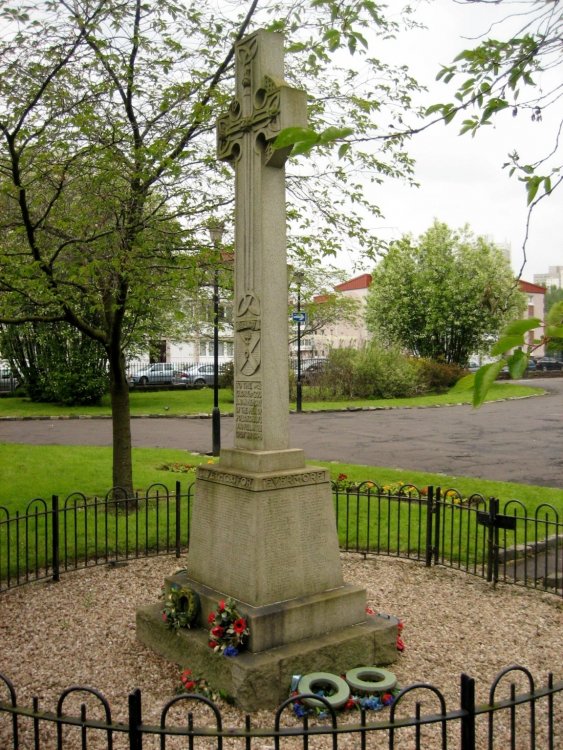
.thumb.jpg.1cc6d51fc9c8b0ff458f4391cc0b72b8.jpg)
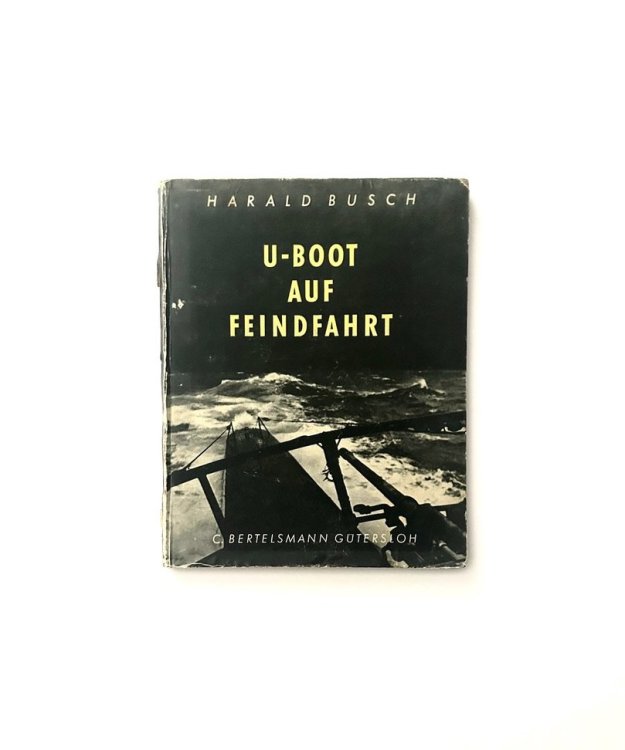
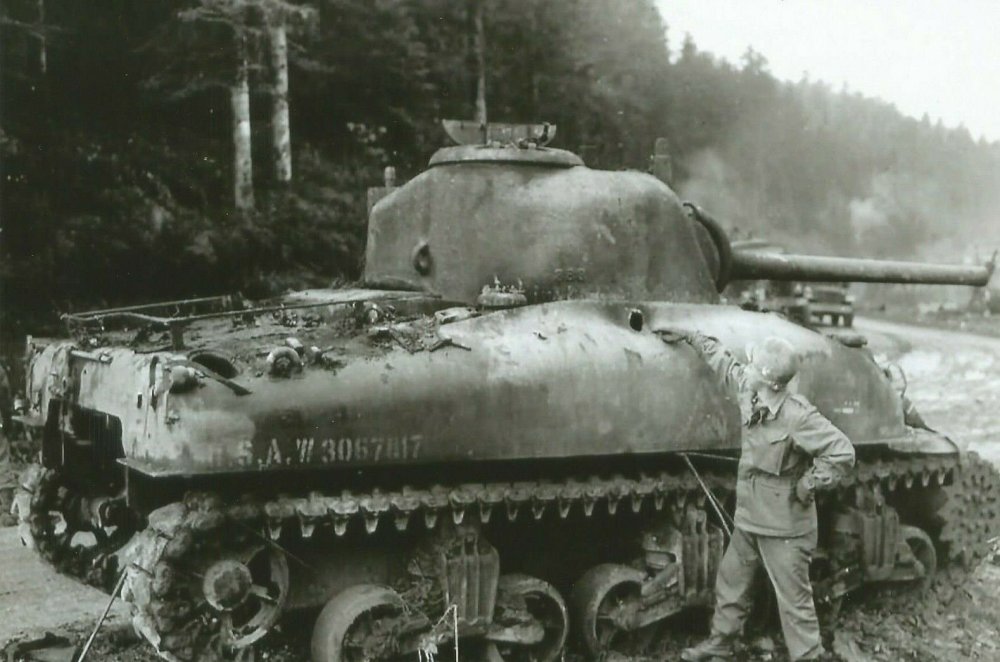
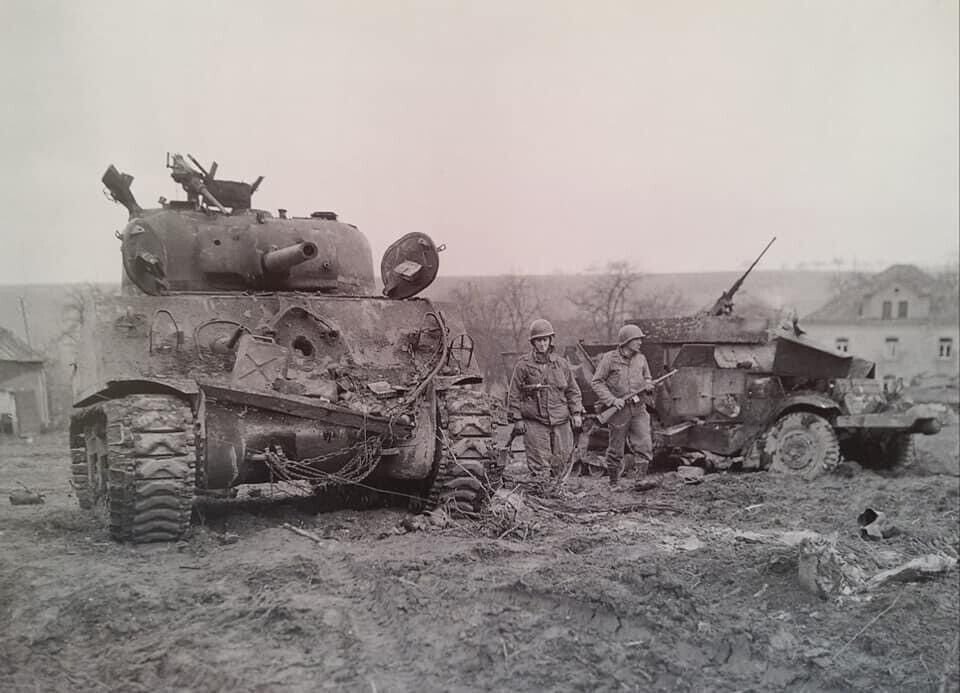
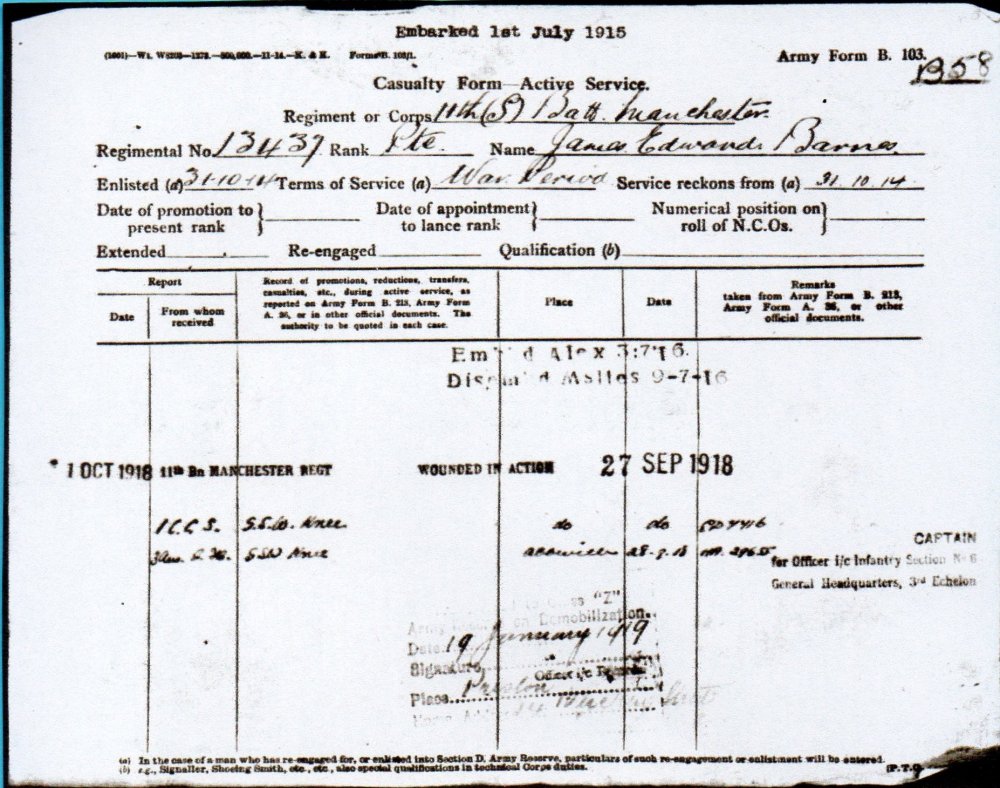
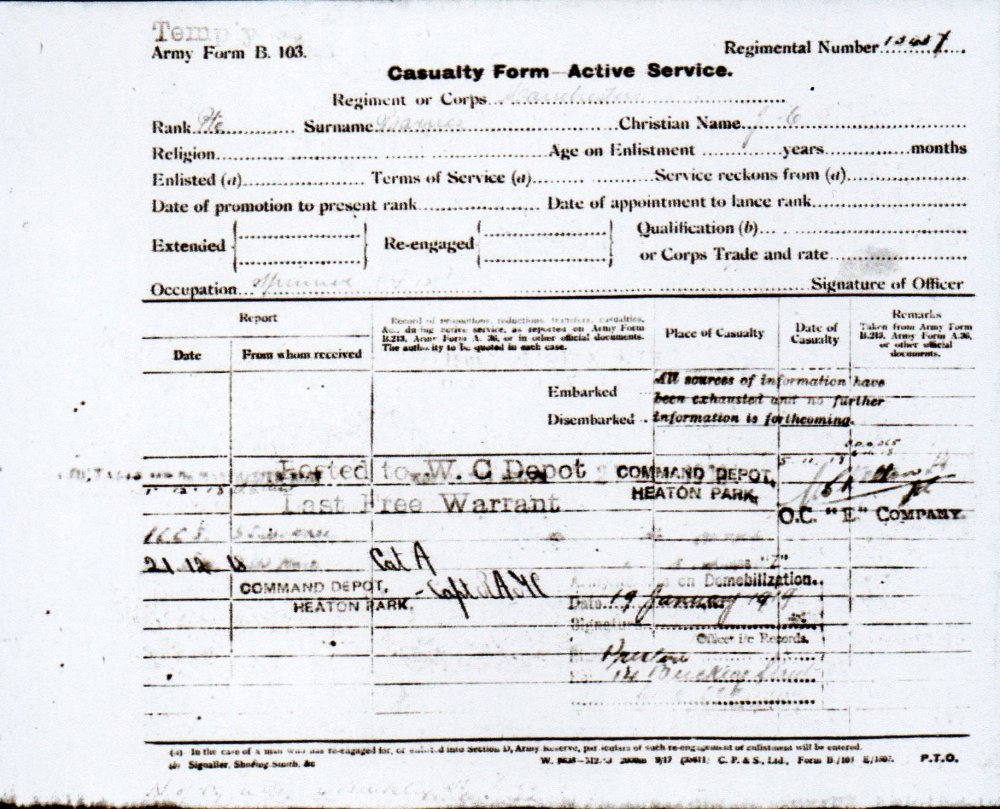
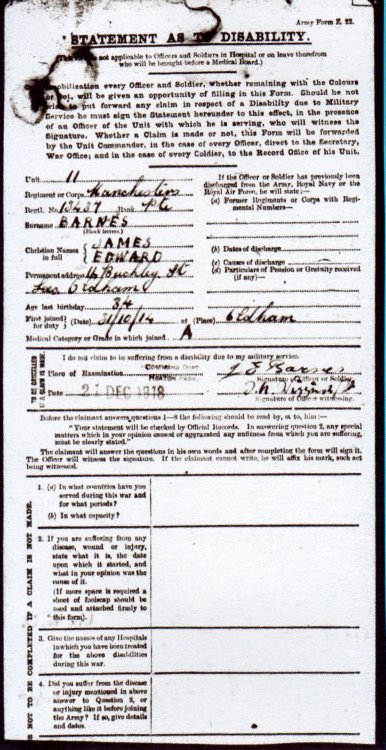
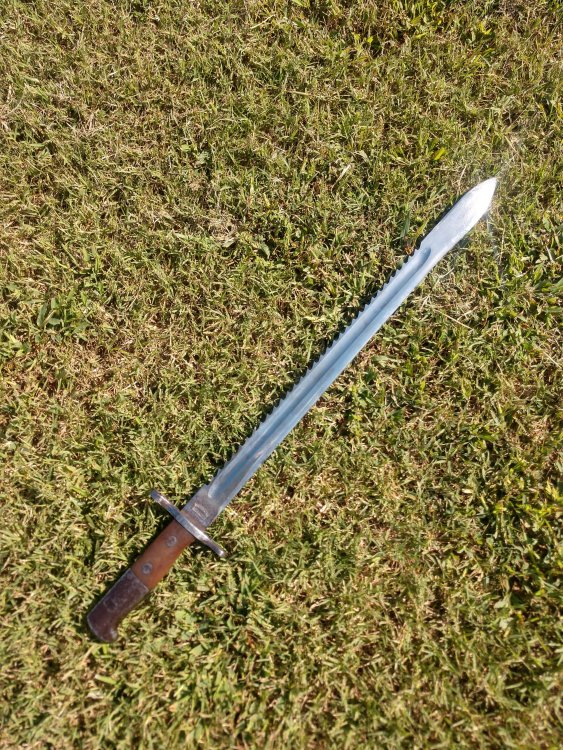
.thumb.jpg.1246e0f64bfb7c2966d95fe6a0857cb2.jpg)
